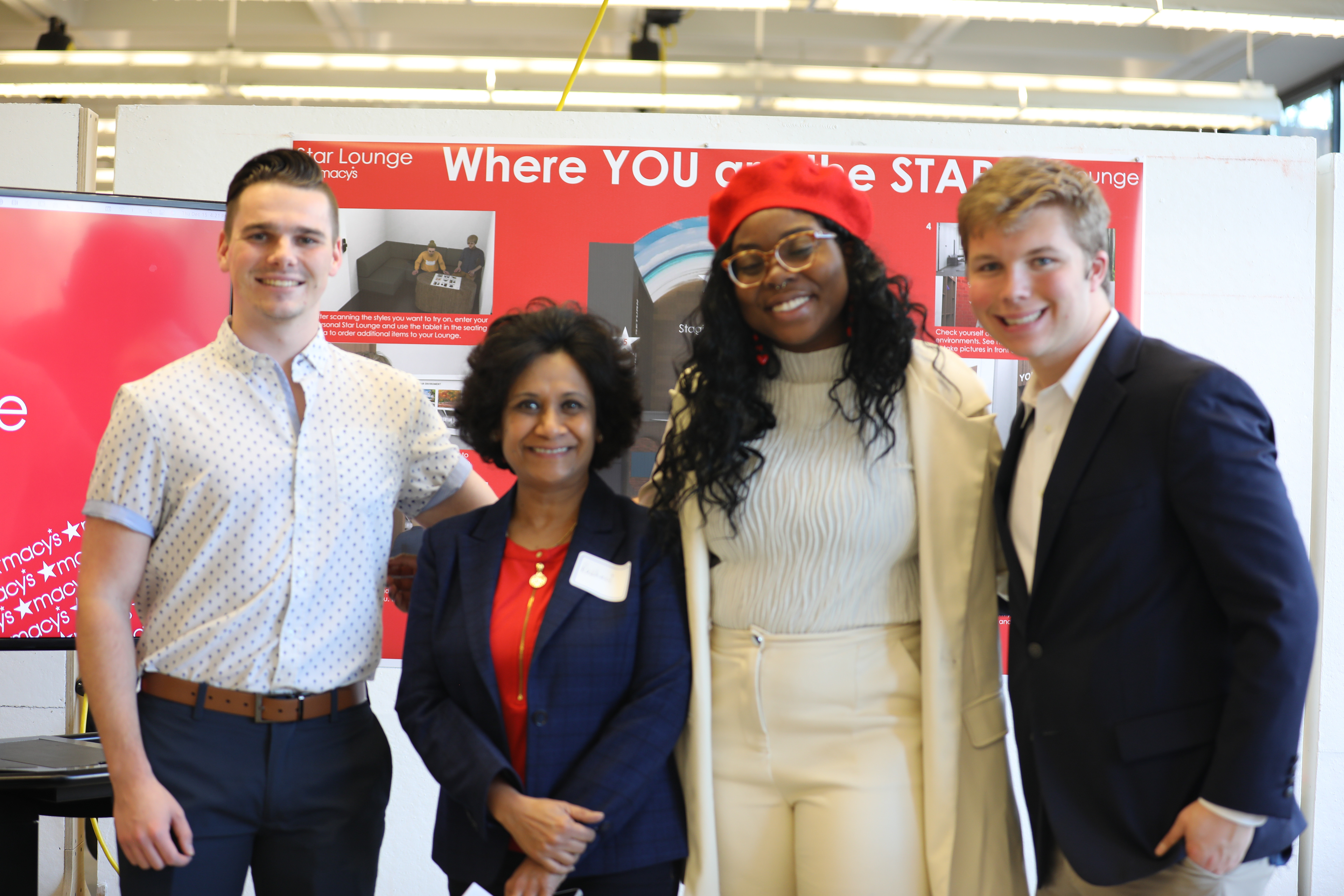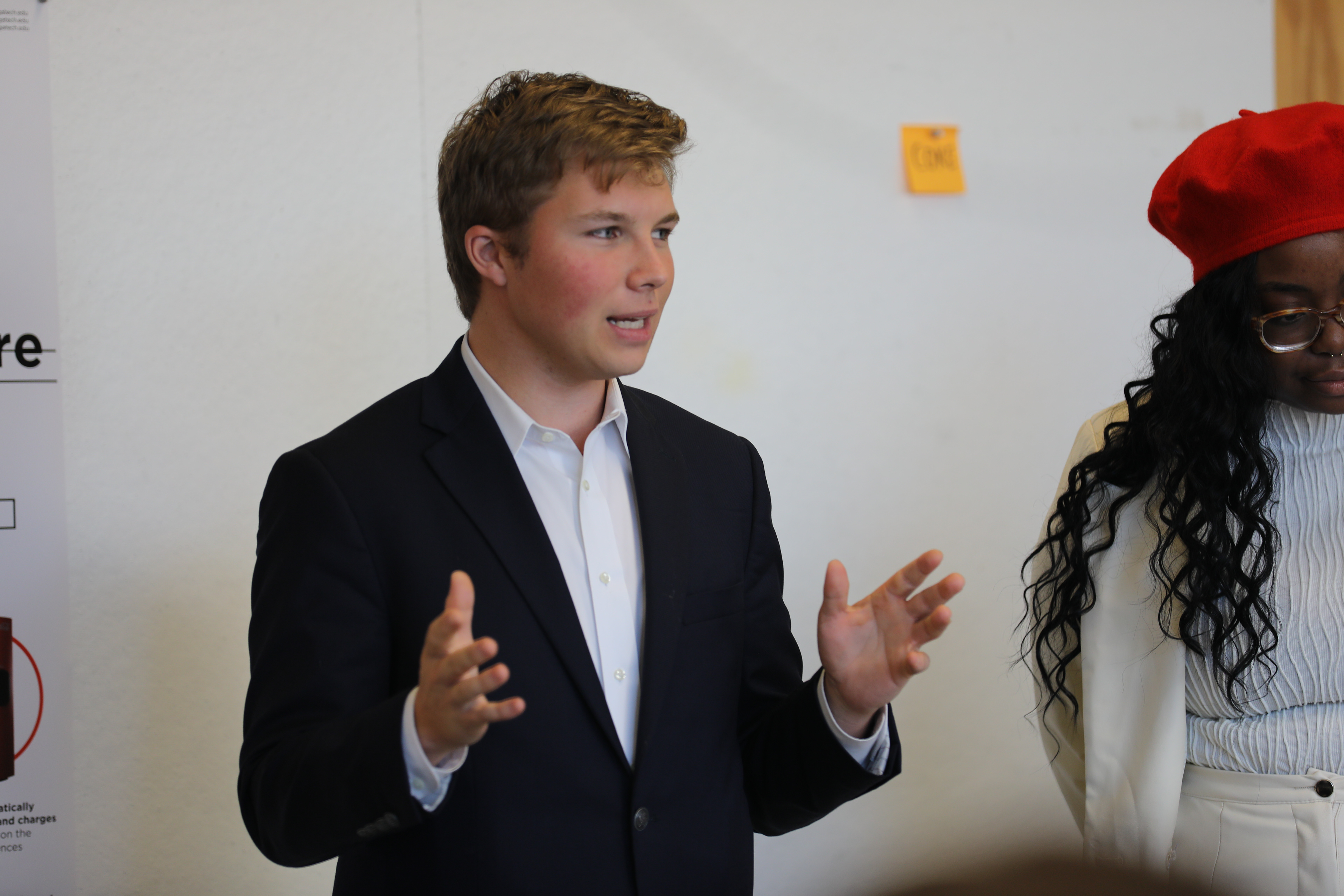Team: Uzoma Offor, Kyle Krummenacker, Evan Lee and myself.
With e-commerce and metaverse shopping on the rise and a decrease in in-store retail sales, my group was tasked with how to make the retail experience more immersive and personal for the next generation of shoppers. The Star Lounge is our concept to help bring Generation Z and alpha back into the physical store experience, while also leveraging e-commerce technology.
Check out the process below to learn more about how the Star Lounge came to be!
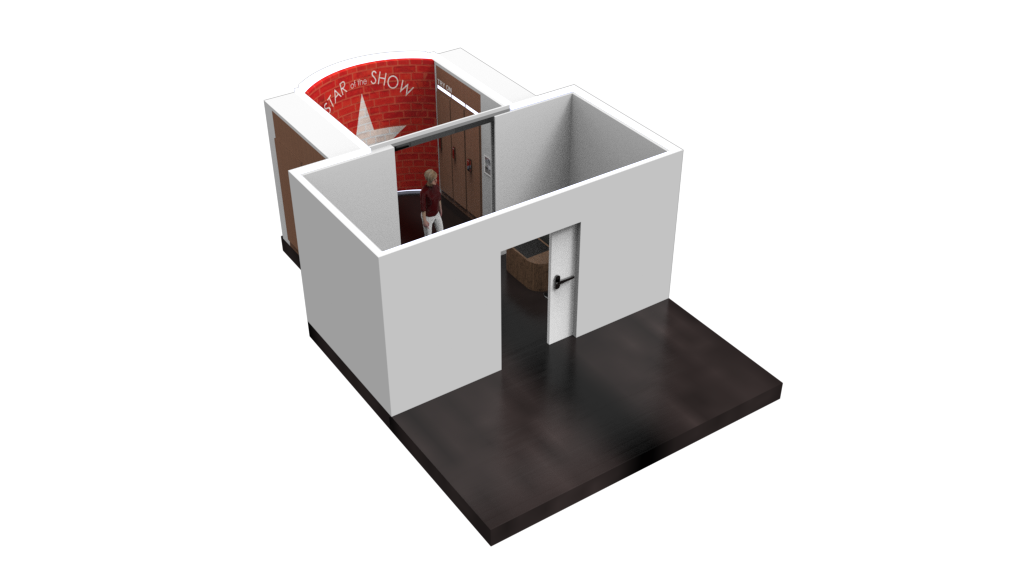
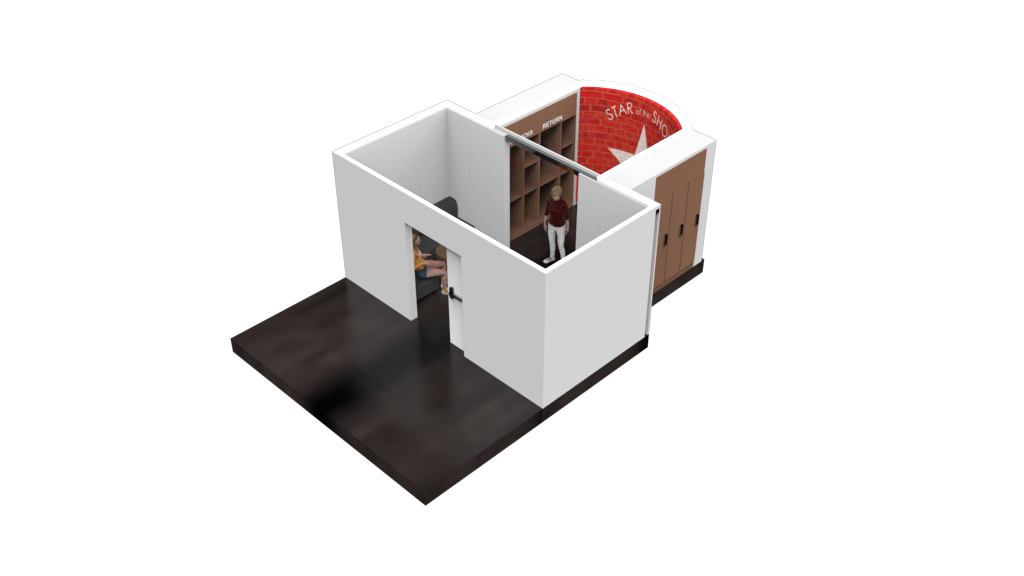
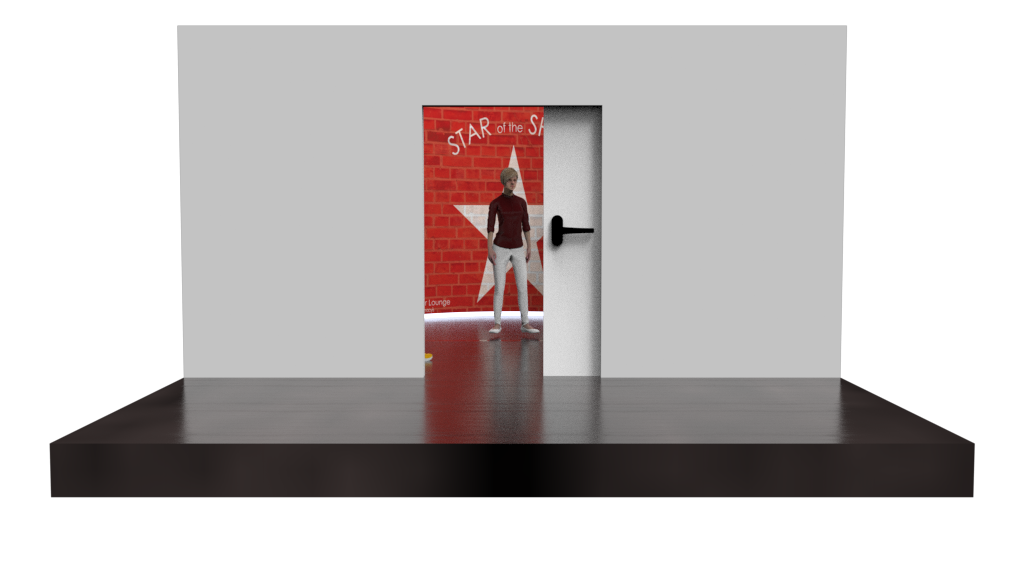
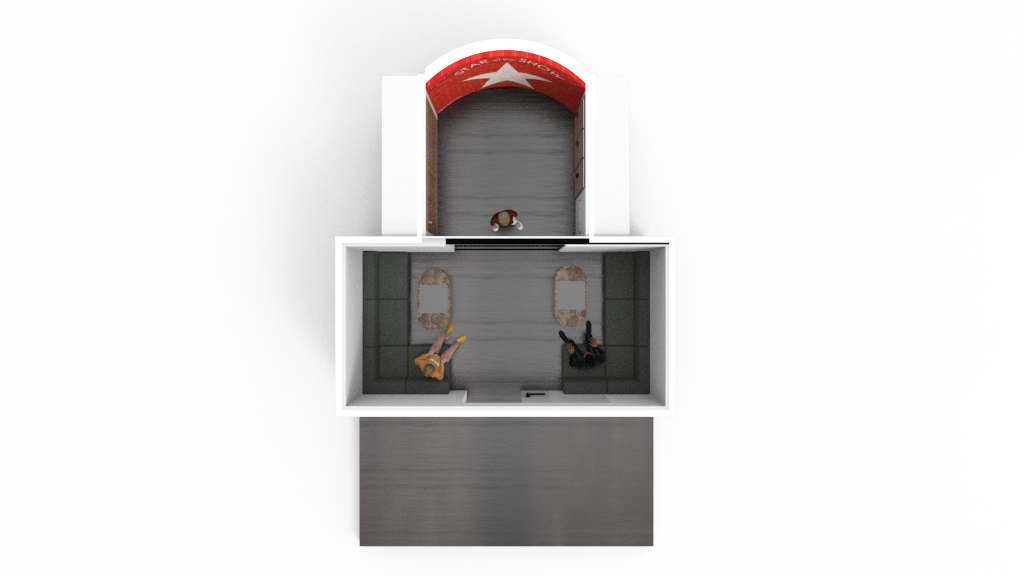
Own Your Style at The Star Lounge! Watch Below!
Research
Our concepts and stories are backed by weeks of human-centered research, data, testing, and feedback. Below is our research process.
Qualitative Research
Research showed that retail experiences like Ikea, Nike, Starbucks, and Apple were leading the way in in-store retail experiences. My team went to visit these stores to better understand why these companies were successful, and Macy's was not as successful. We also visited Macy's. My job was to document our ethnographic study, take notes on our observations, and interview employees about their experience working at the store.
Logos credit to respected companies.
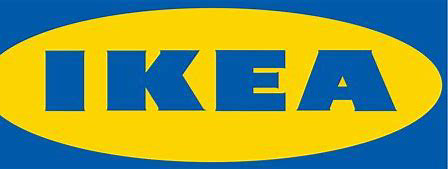
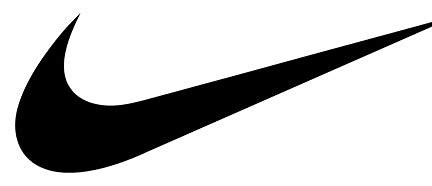
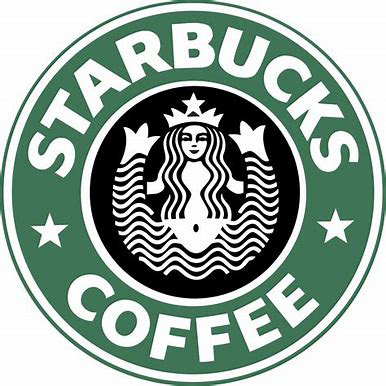

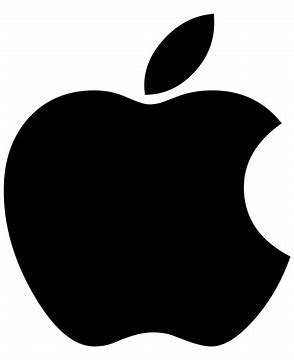
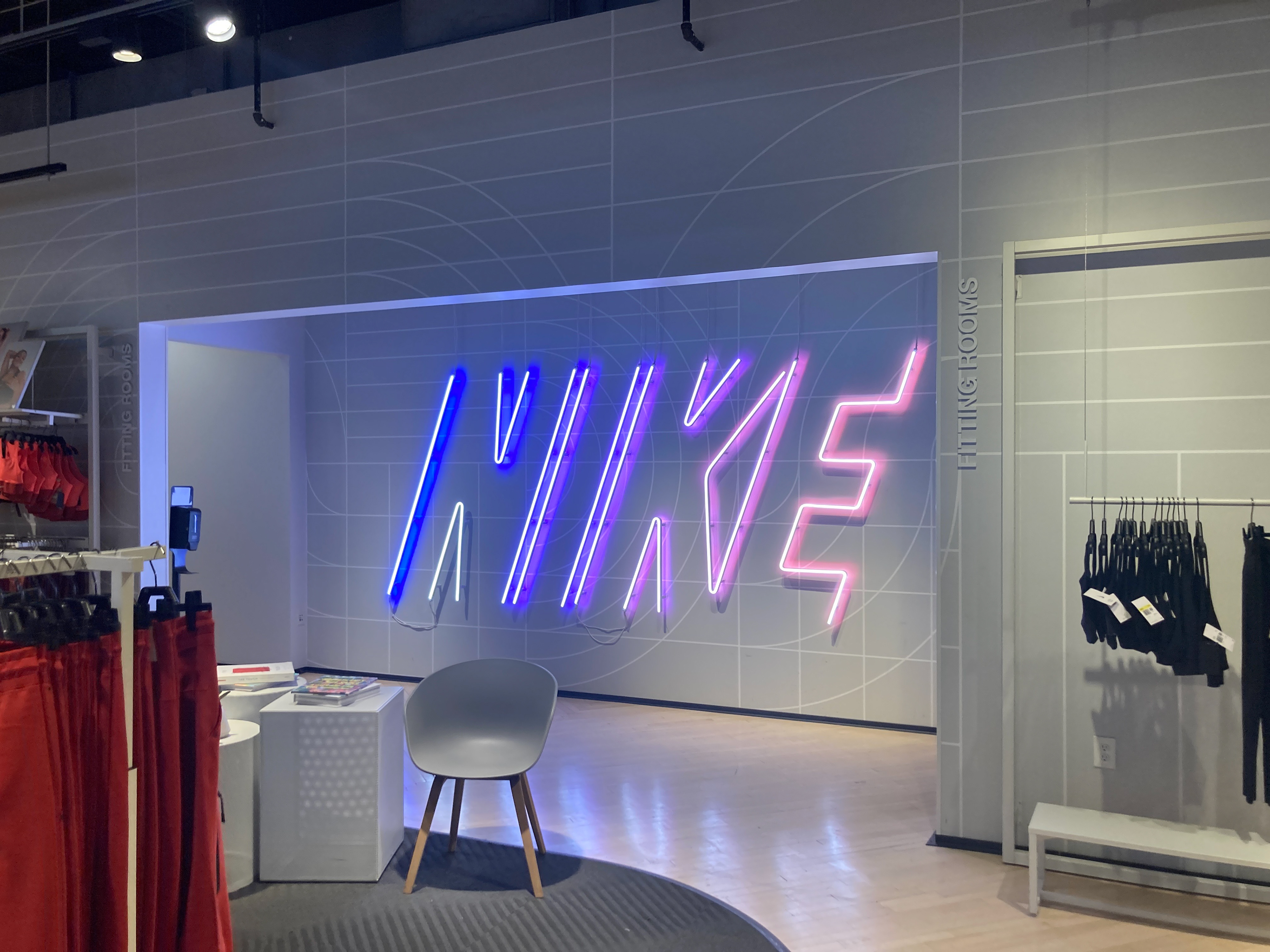
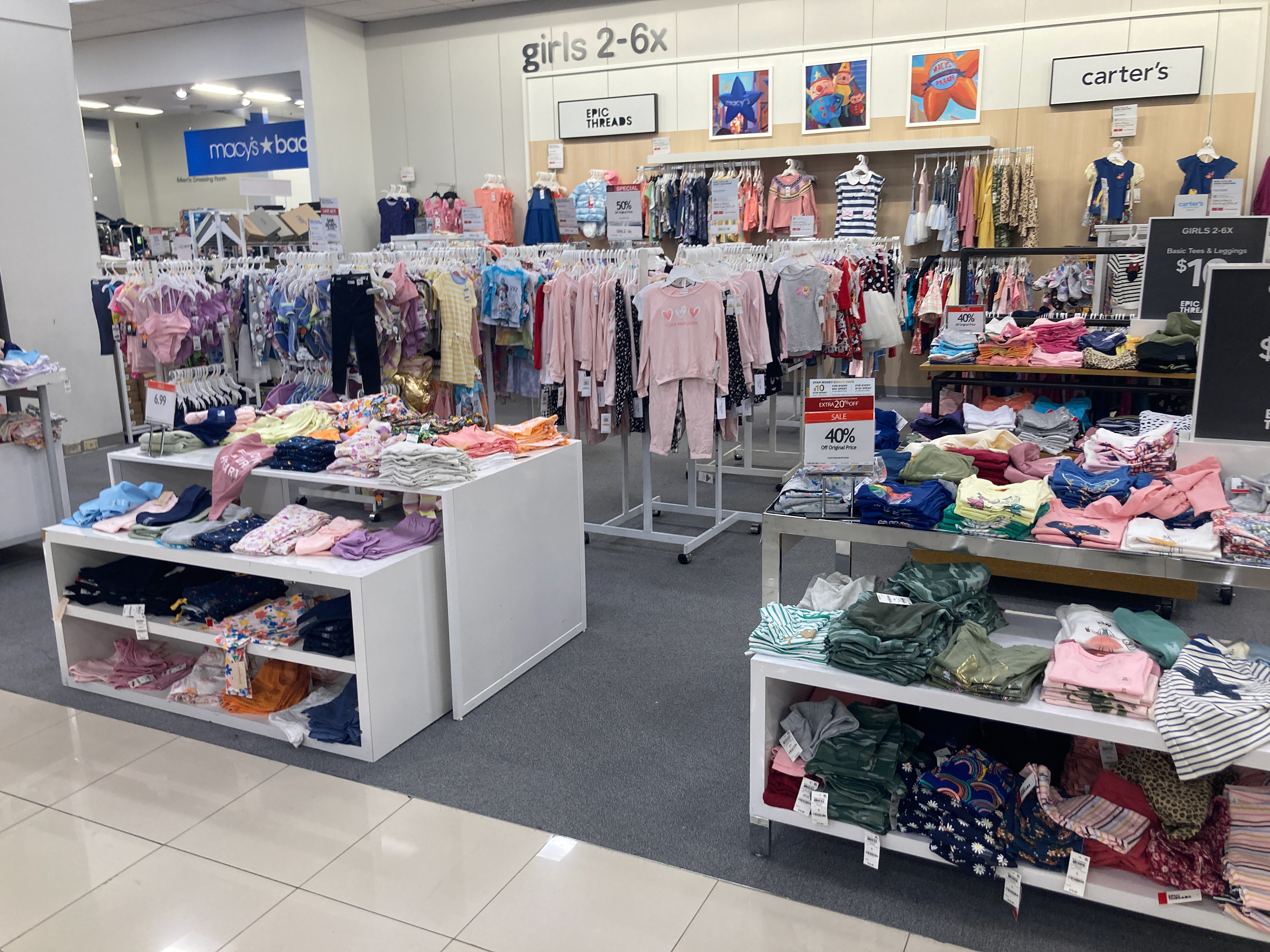
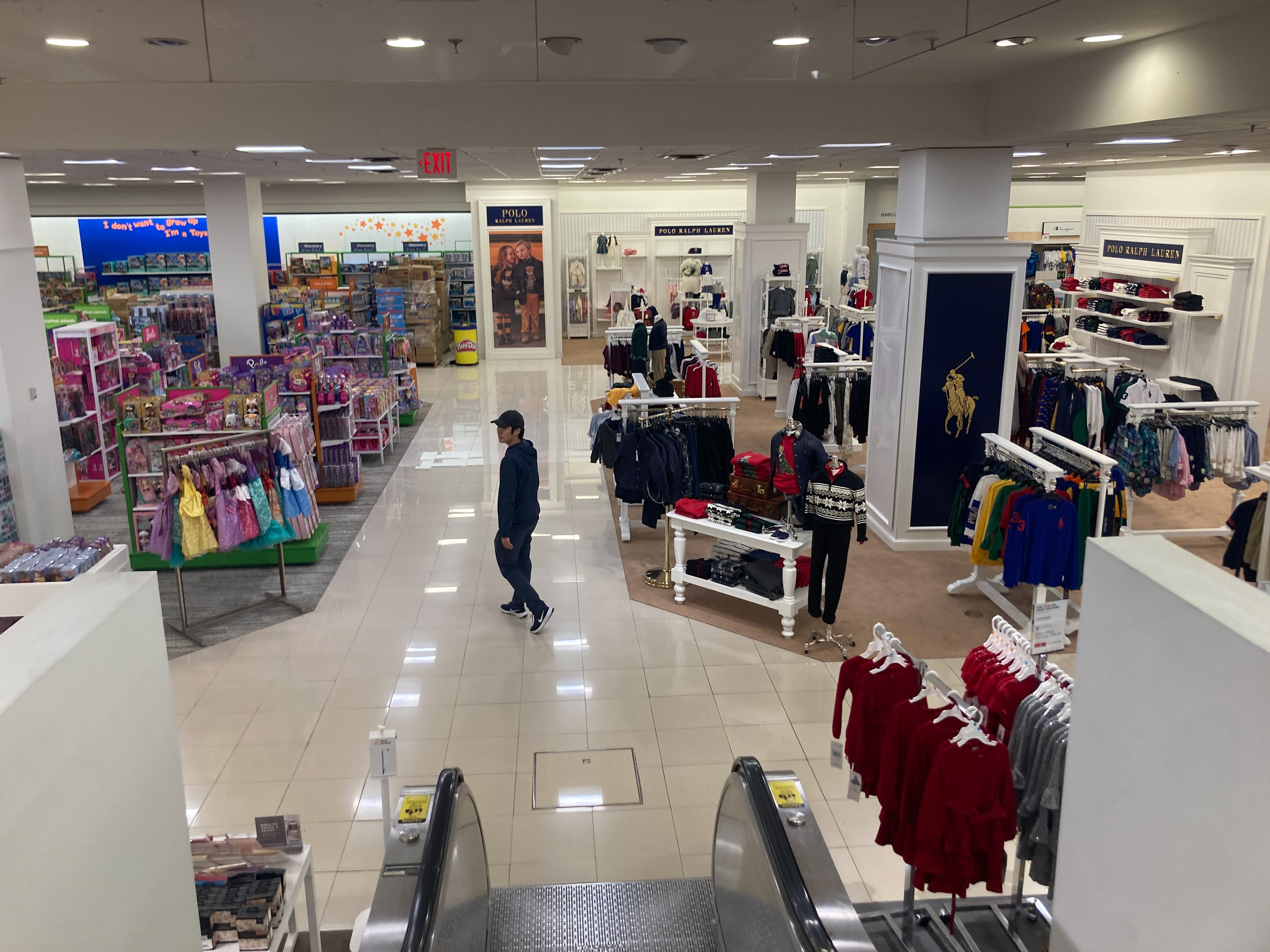
Quantitative Data
I evaluated quantitative information, analyzed statistics and data to understand where the market is now and where it is headed.
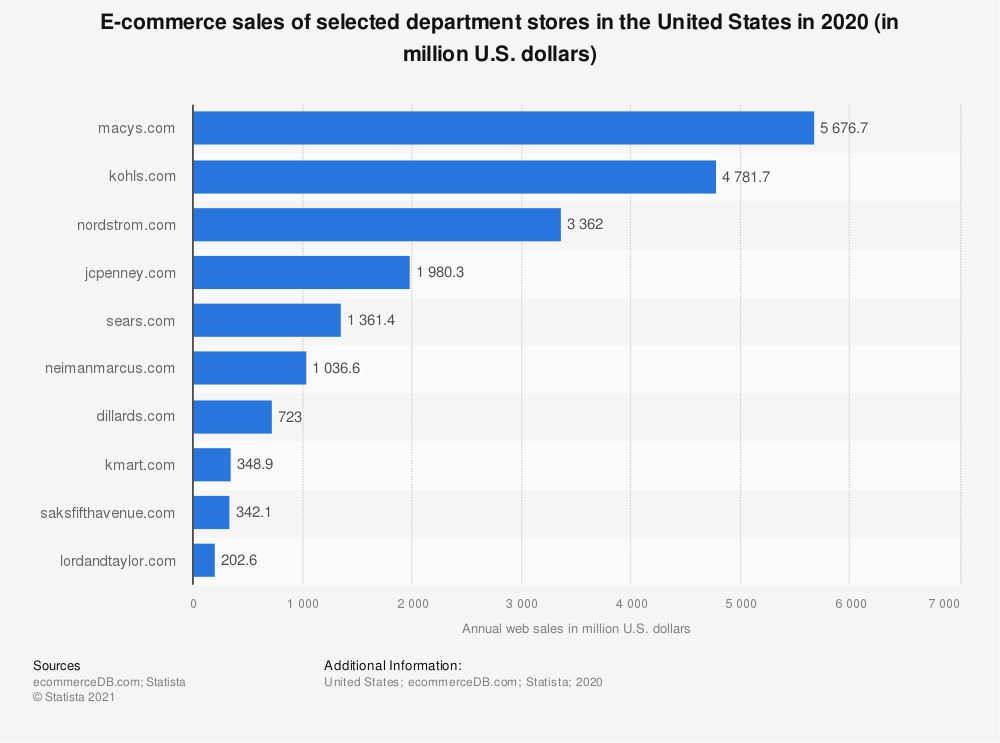
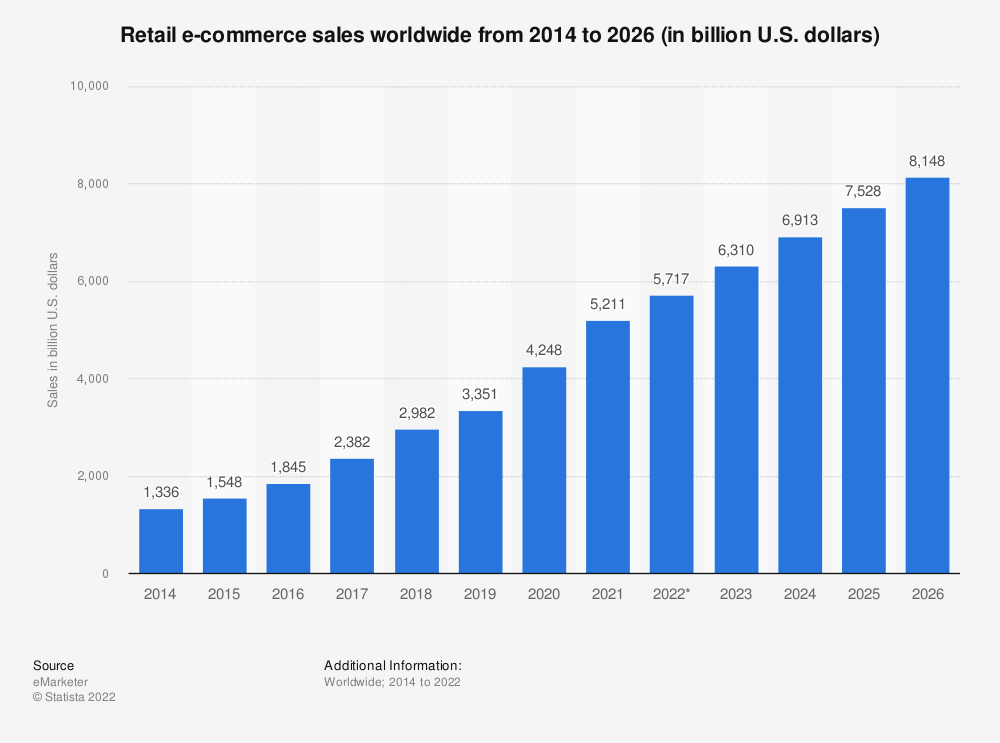
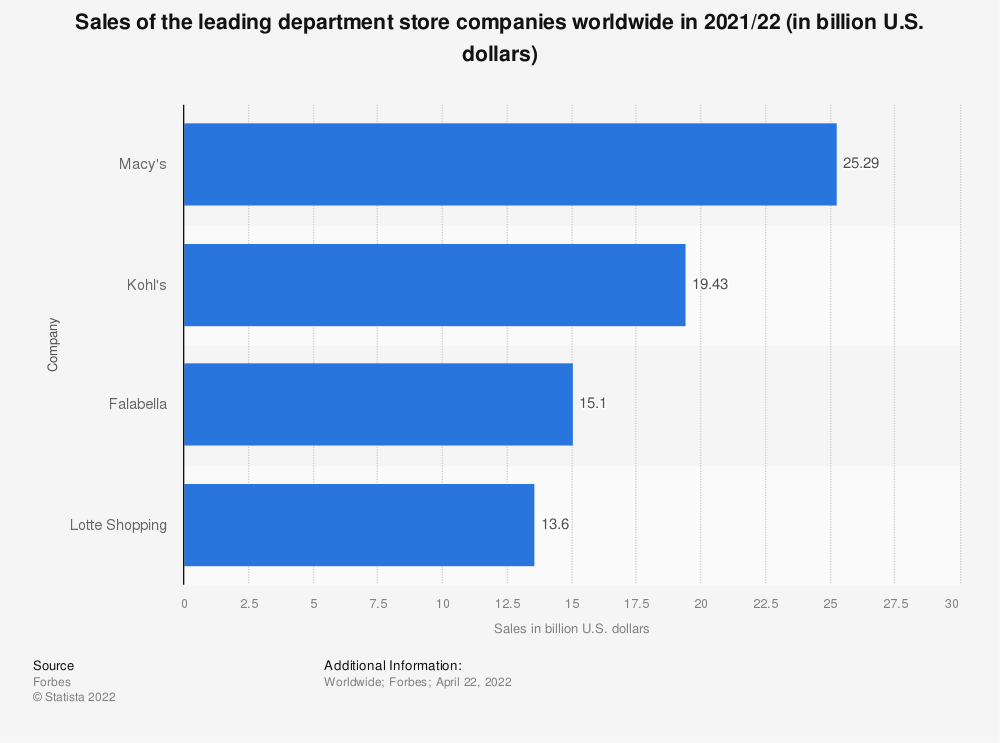
Literature and Article Reviews
Throughout this process, I also broke down 20 themed experience locations and read multiple experience design books, which is resulting in a literature review. As of now, the literature has resulted in five core principles of themed experience design, emotional connection, social community, personalization, engagement, and play.
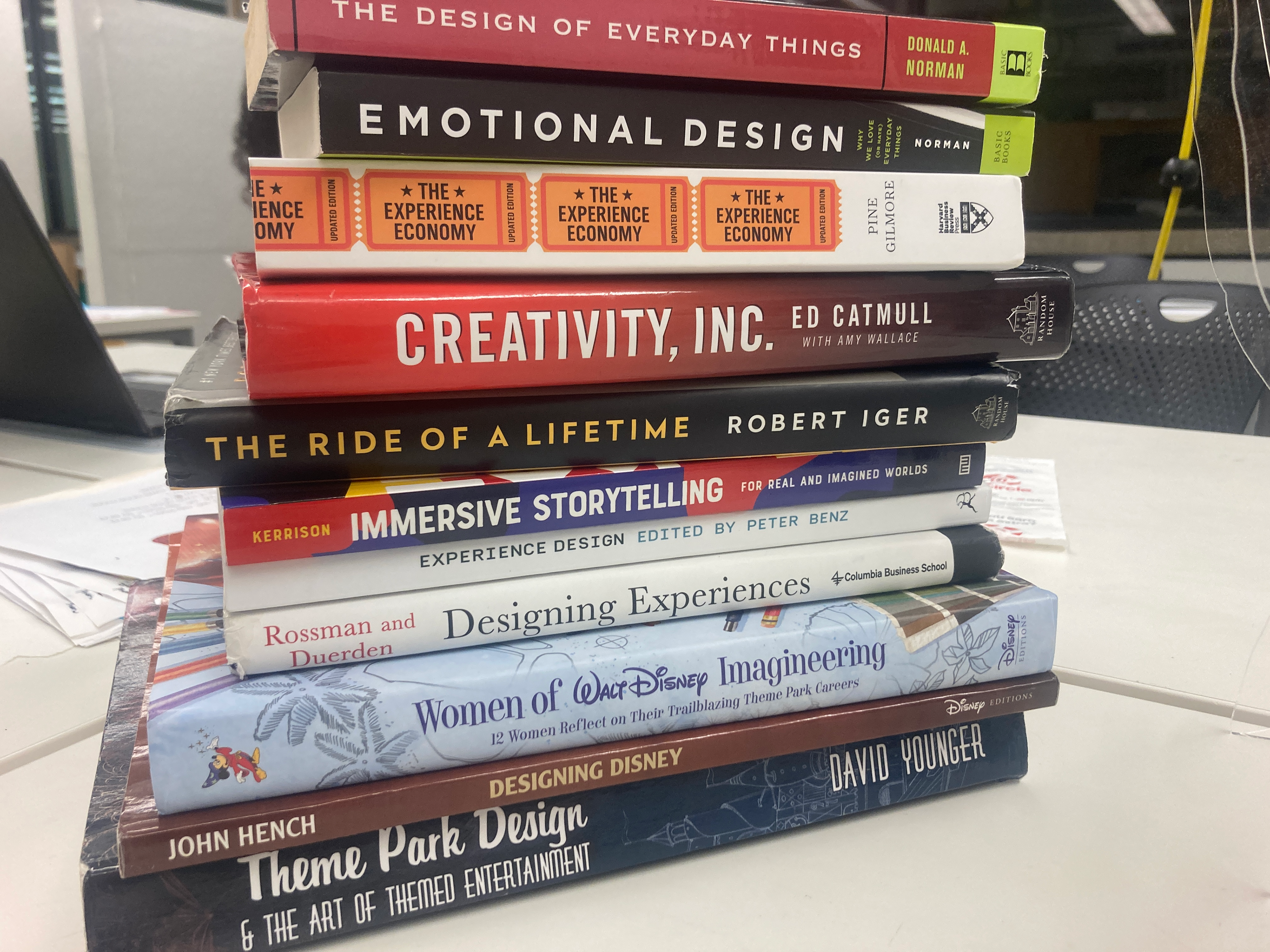
Stakeholders
Artifacts
Customers
Browsers
In-Person Shoppers
Online/Pickup Shoppers
Employees
Front Line
Backline
Security Staff
Executive/Managers/Business Owners
Suppliers/Vendors
Checkout Counters
Price Checkers
Screens
Escalators/Elevators
Computers/Tablets
Signs/QR Codes
Journey Map as of Now
Based on our research, our group created this map on Figma to walk through the current in-store experience actions, some of the problems that occurred, and how people felt through each action. We found that most problems were during the in-store experience.
The Problem
Shopping in the big box stores is not engaging or fun and does not attract younger audiences. Department stores are viewed by young audiences as places for the older generations.
Insights
Following all the research, our group found three main insights.
1. Macy's lacks a clear brand identity
2. The store environment should provide a personalized and engaging experience to create a community within the store
3. Technology should be seamlessly integrated into the shopping experience
Story Development
Based on Macy's mission, a new story was crafted around the emotions Macy's wants to convey to their guest. These three emotions are feeling unique, celebrated, and special. Our concepts have to make one feel these emotions. The emotions were driven by the theme of "Own Your Style."
I was responsible for breaking down the brand, developing this story, and the diagram below.
Aspirational Journey Map
Knowing the in-store experience was where the most problems were, the group developed an aspirational journey map on Figma to think about what the ideal experience could look like for the whole store.
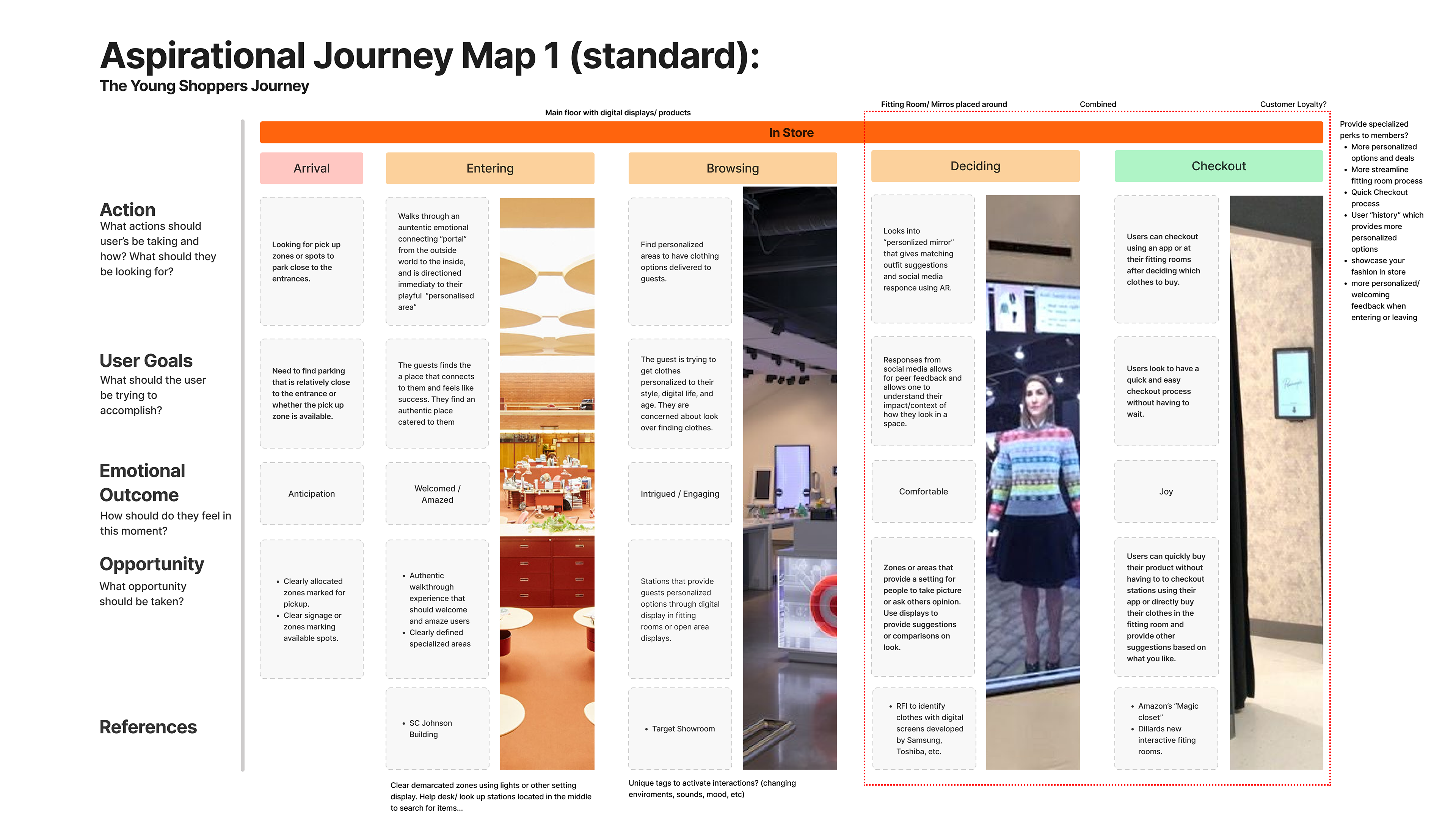
Ideation/Blue Sky
We thought of ideas from bringing the Macy's Thanksgiving Day Parade indoors, to having a giant playground inside, to a dinosaur helper, Metaverse technology integration, and so much more. All of us helped document these ideas in Figma. I helped organize ideas based on themes, broke those ideas down into similar themes, and then added questions about the concepts.

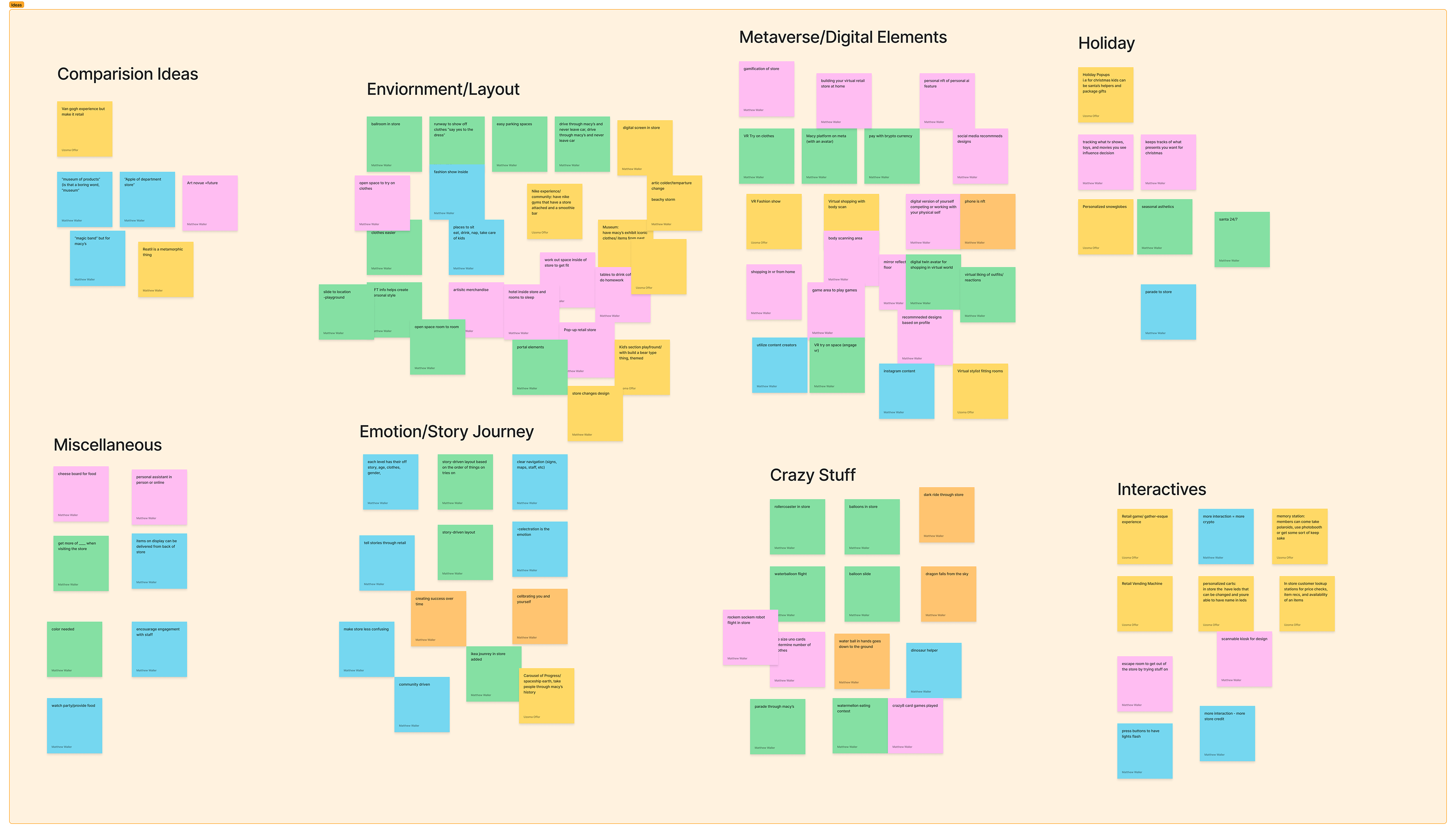
Sketches
Multiple sketches were developed with some of my sketches shown below. We pinned the ideas up and got feedback. Based on the feedback, we decided to focus on the fitting room experience to enhance it.
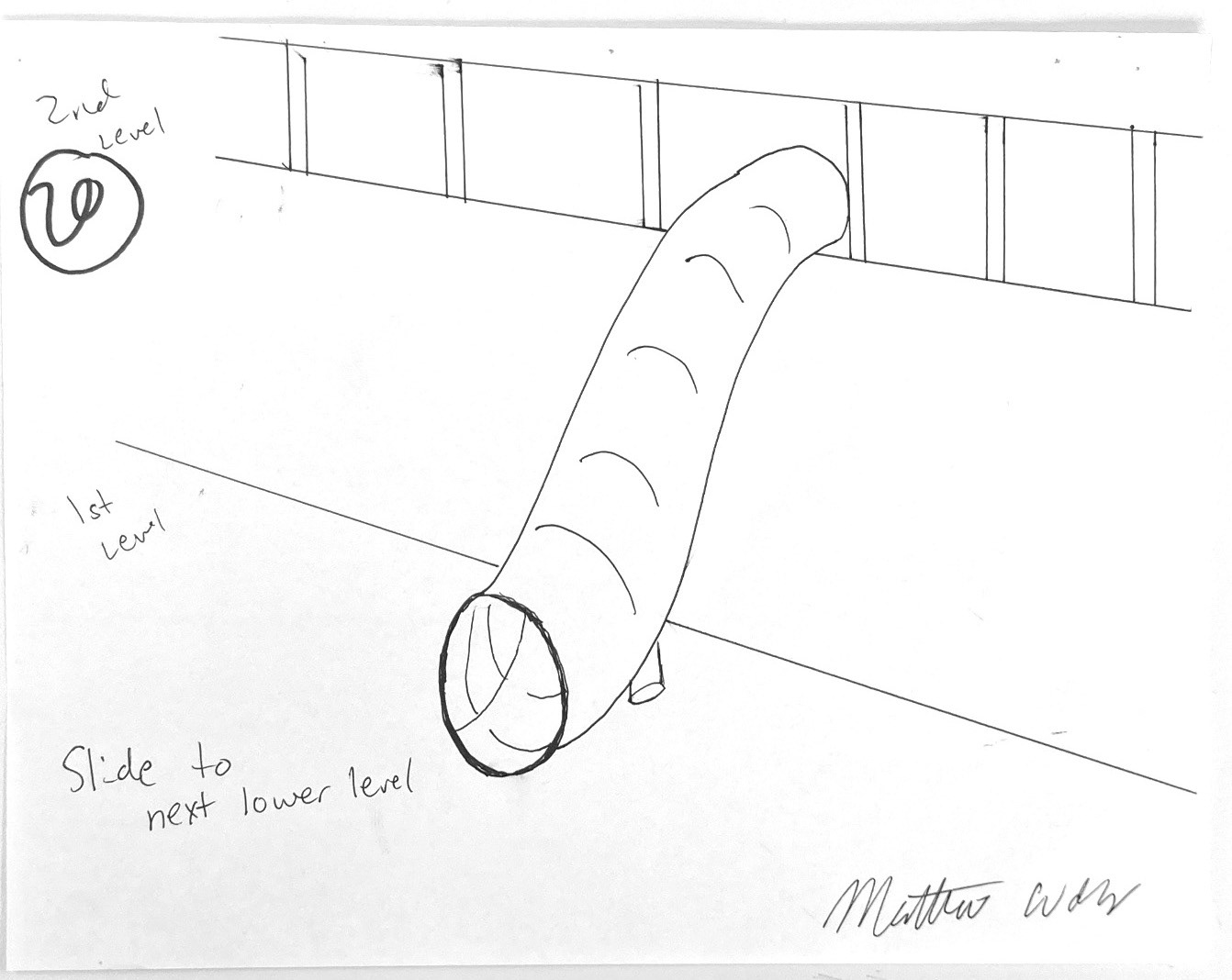
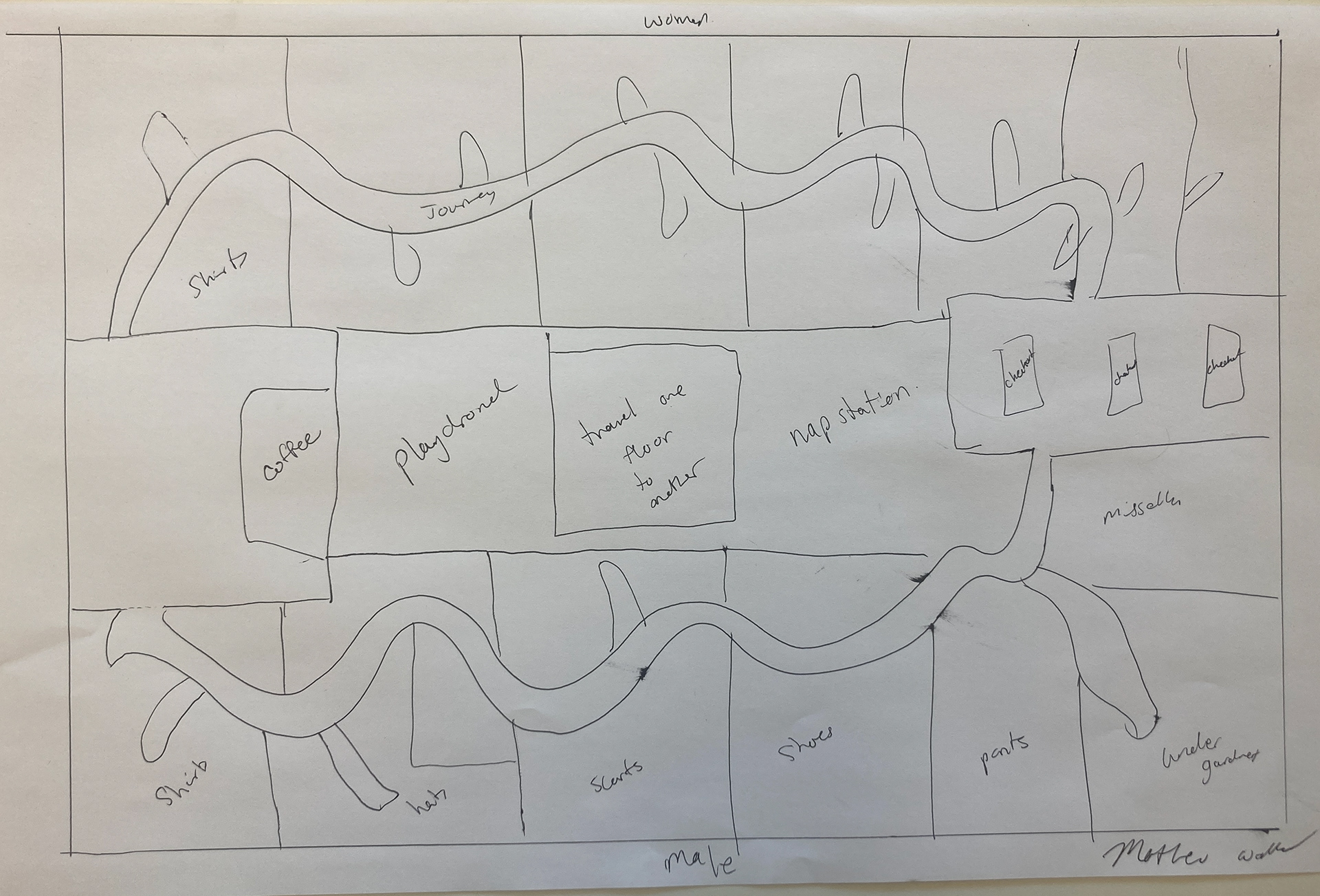
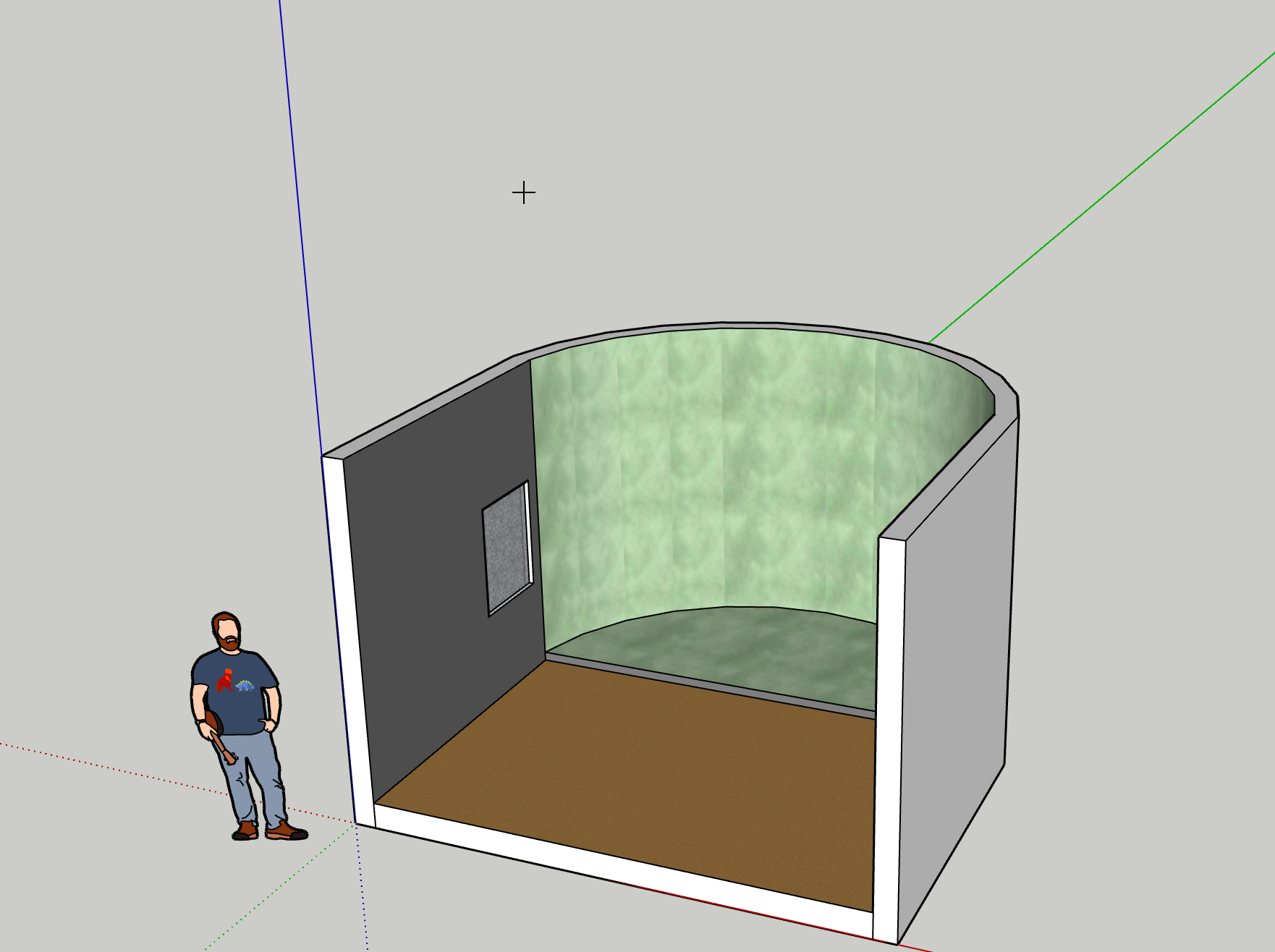
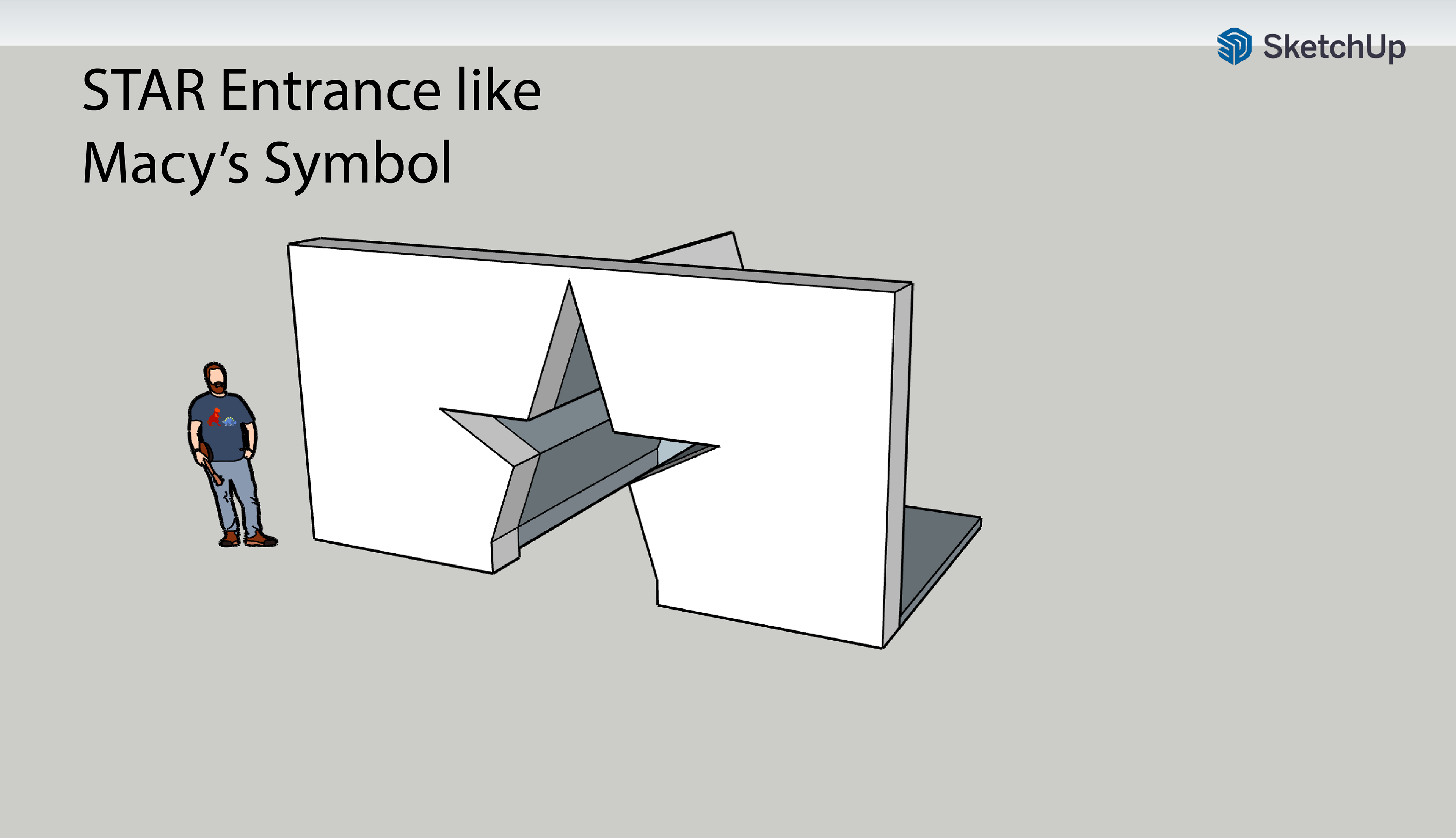
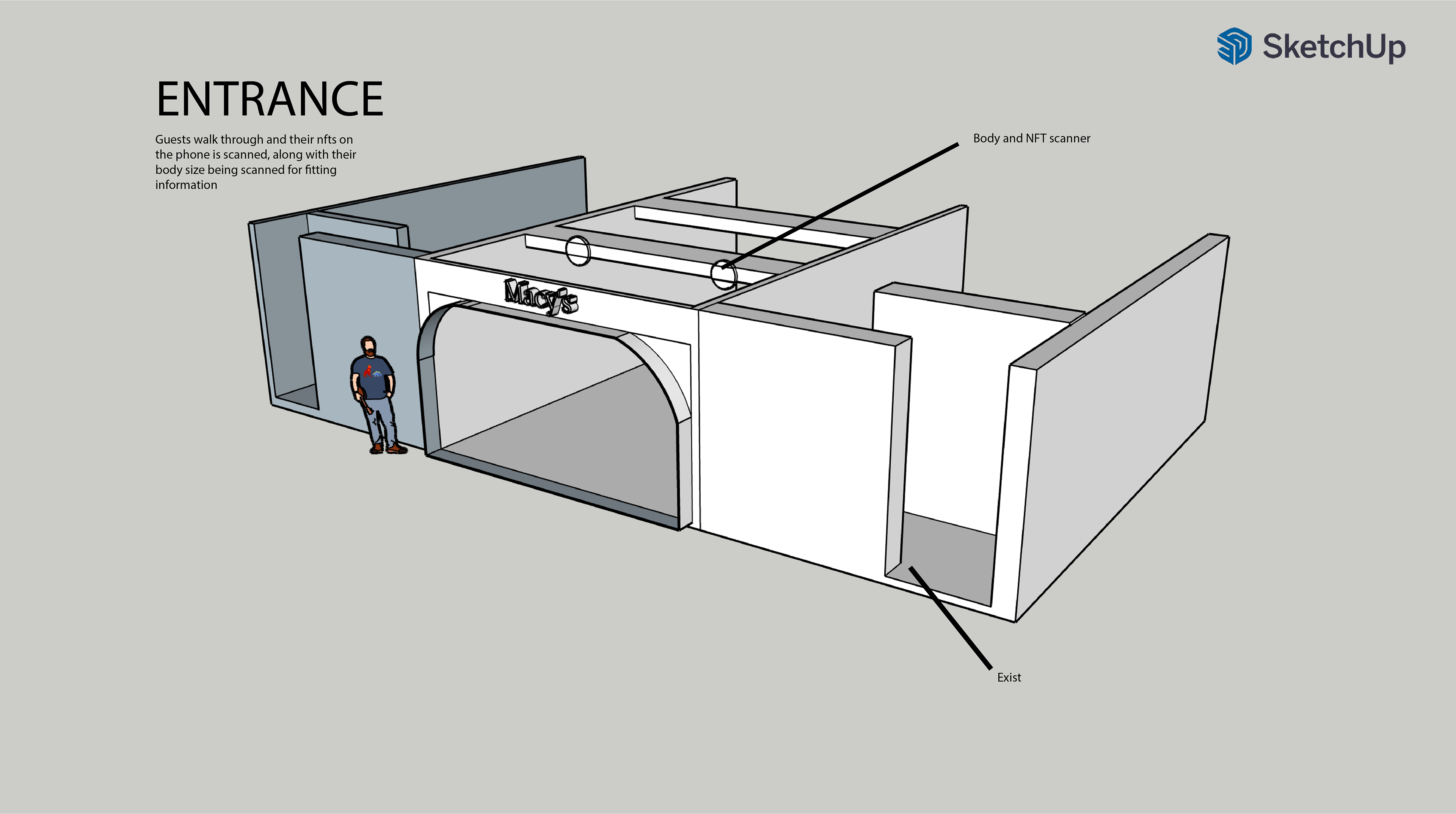
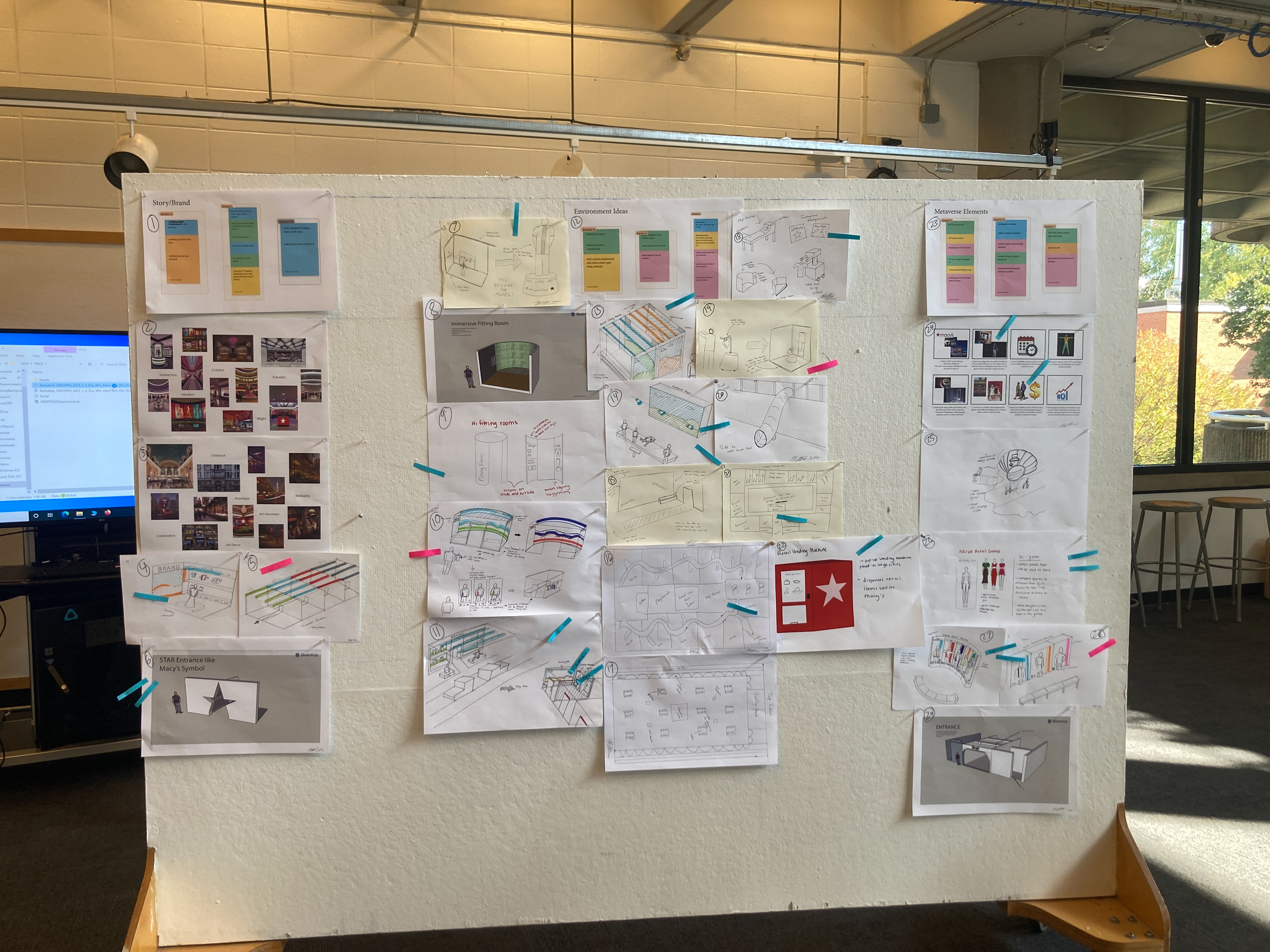
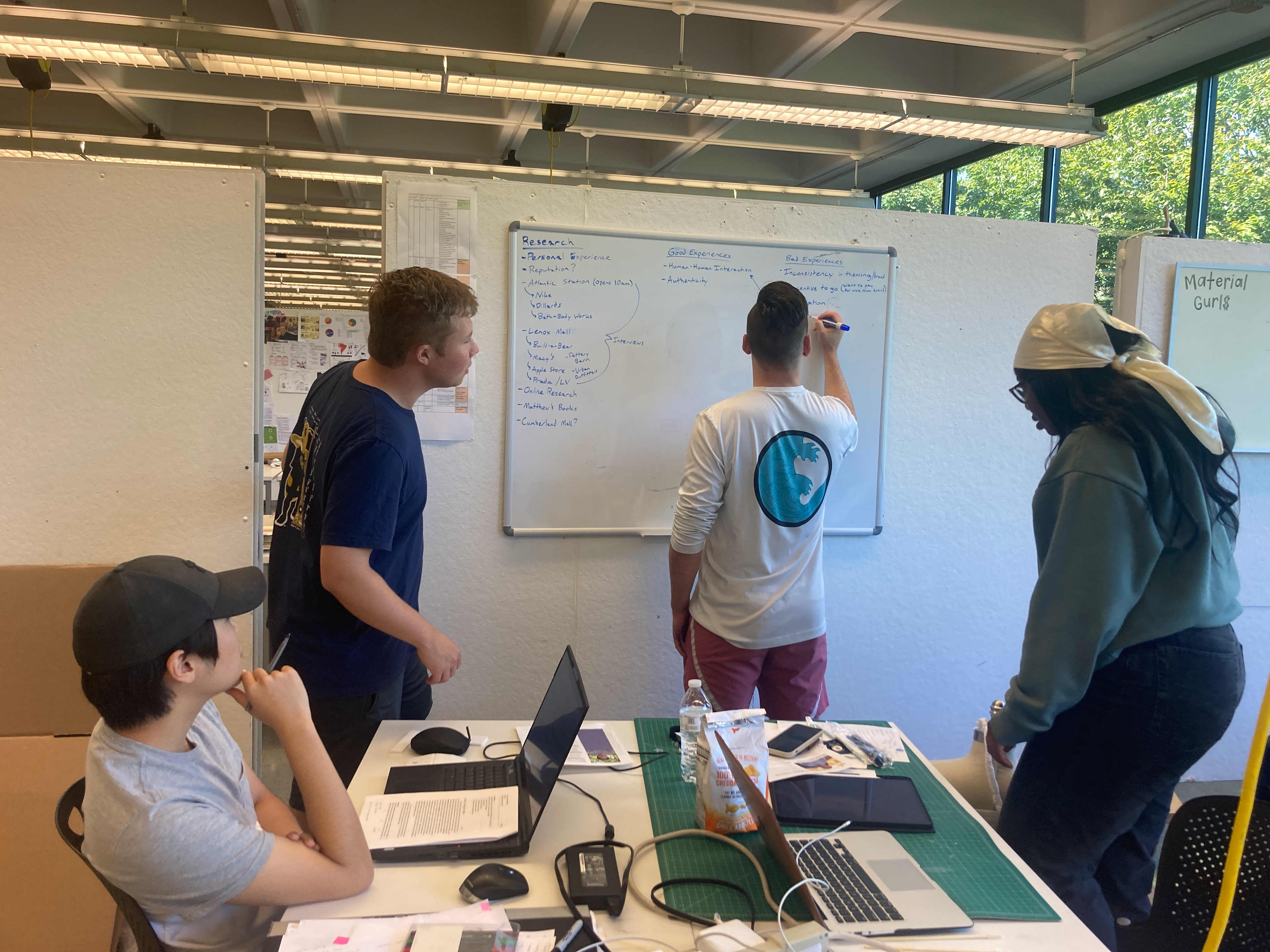
Ideation Presentation
Evan and I presented our concepts to multiple "Generation Z" college students about our ideations from all of our group members. I explained everything from concepts using NFTs and Digital Twin Avatars to vending machine concepts.
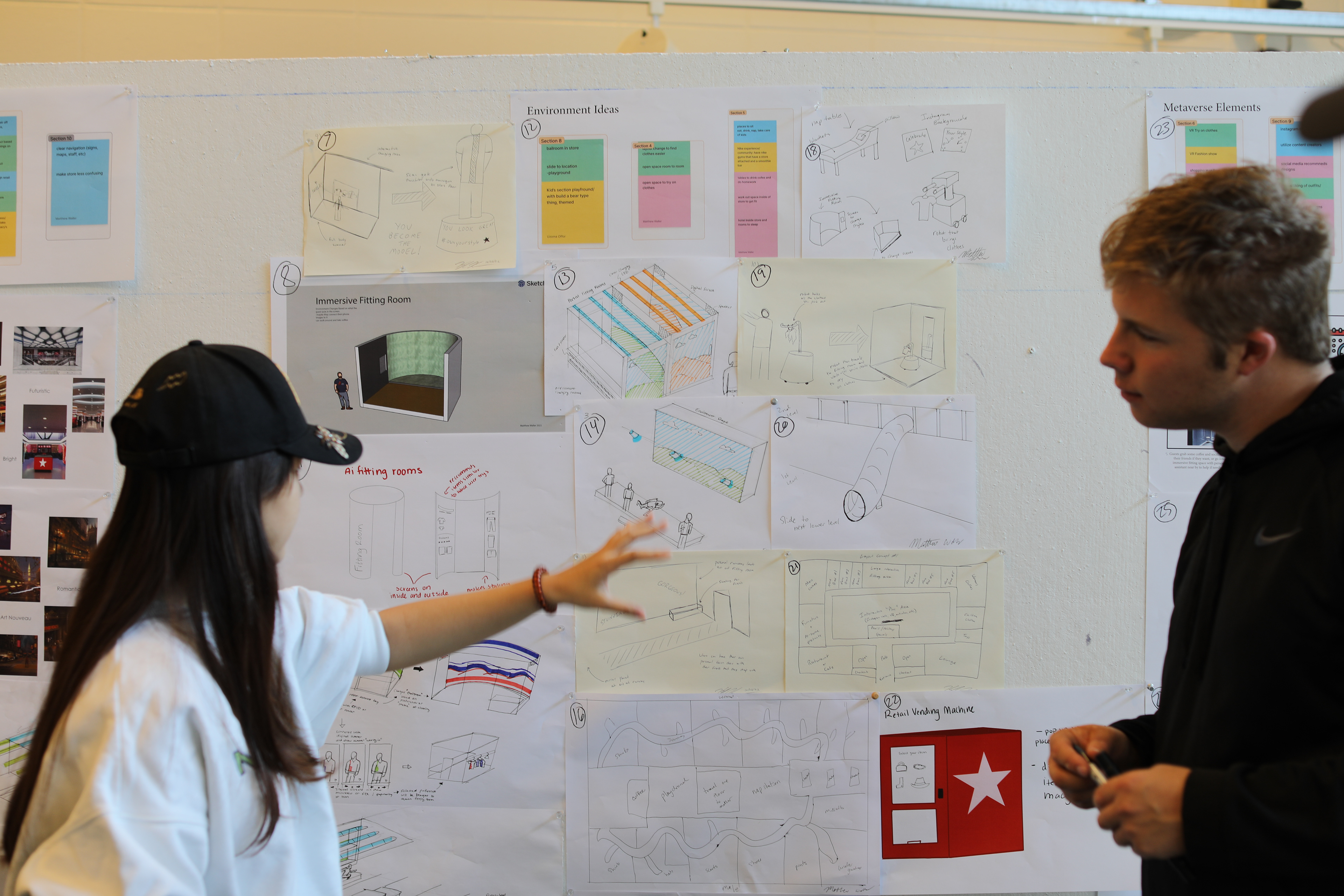
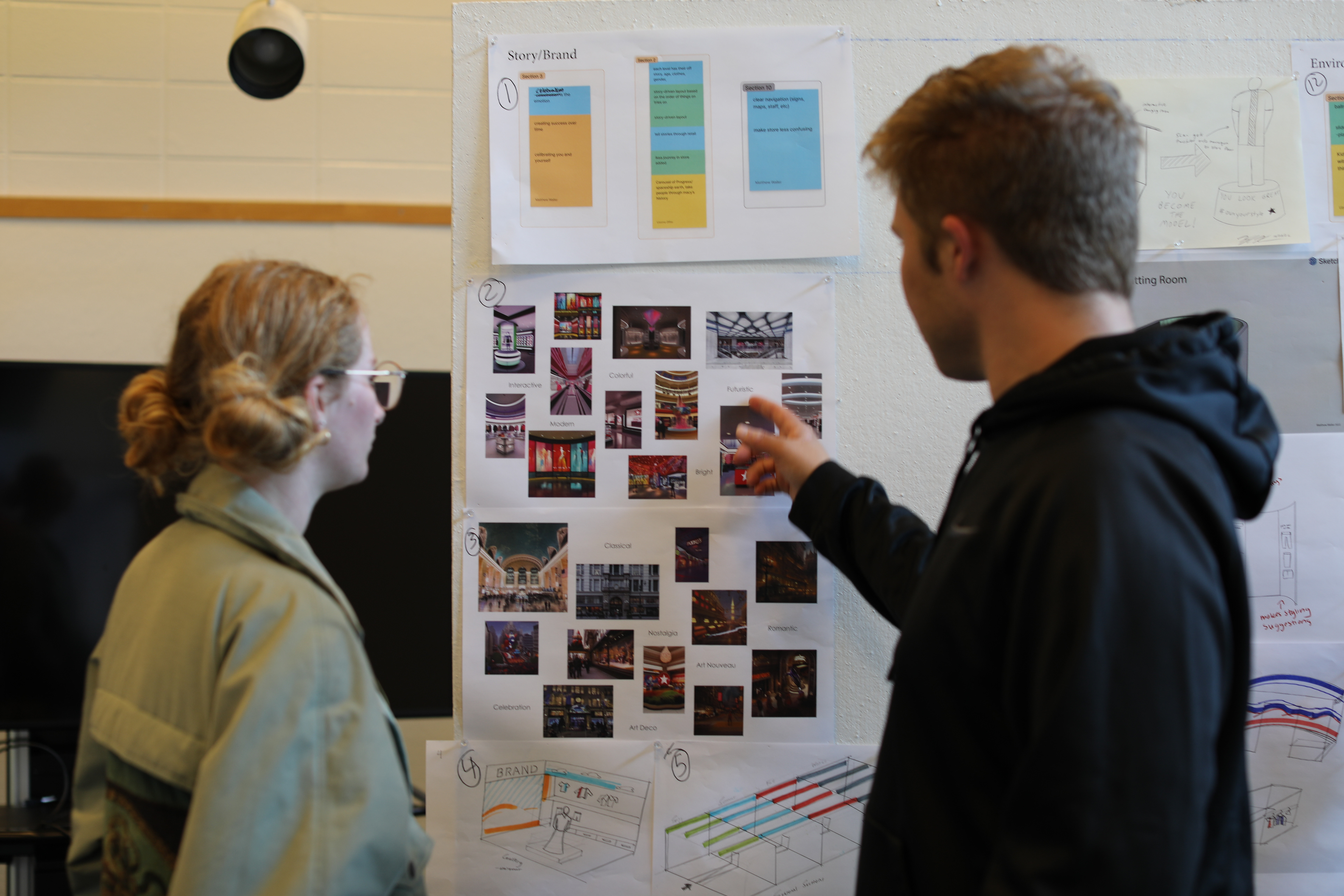
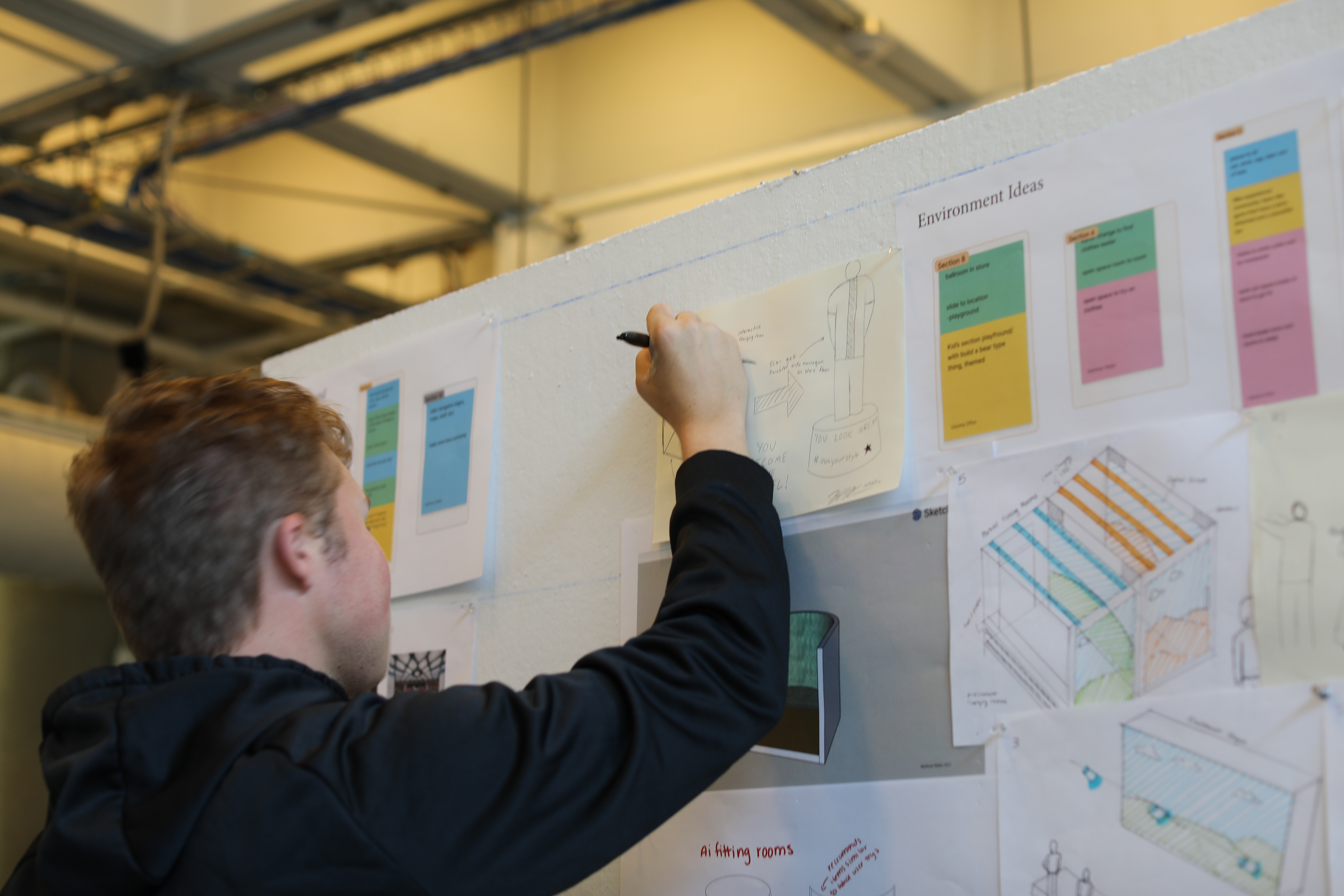
Concepts
Multiple concepts and edits were made for what the fitting room should look like. One of my sketches is found below.
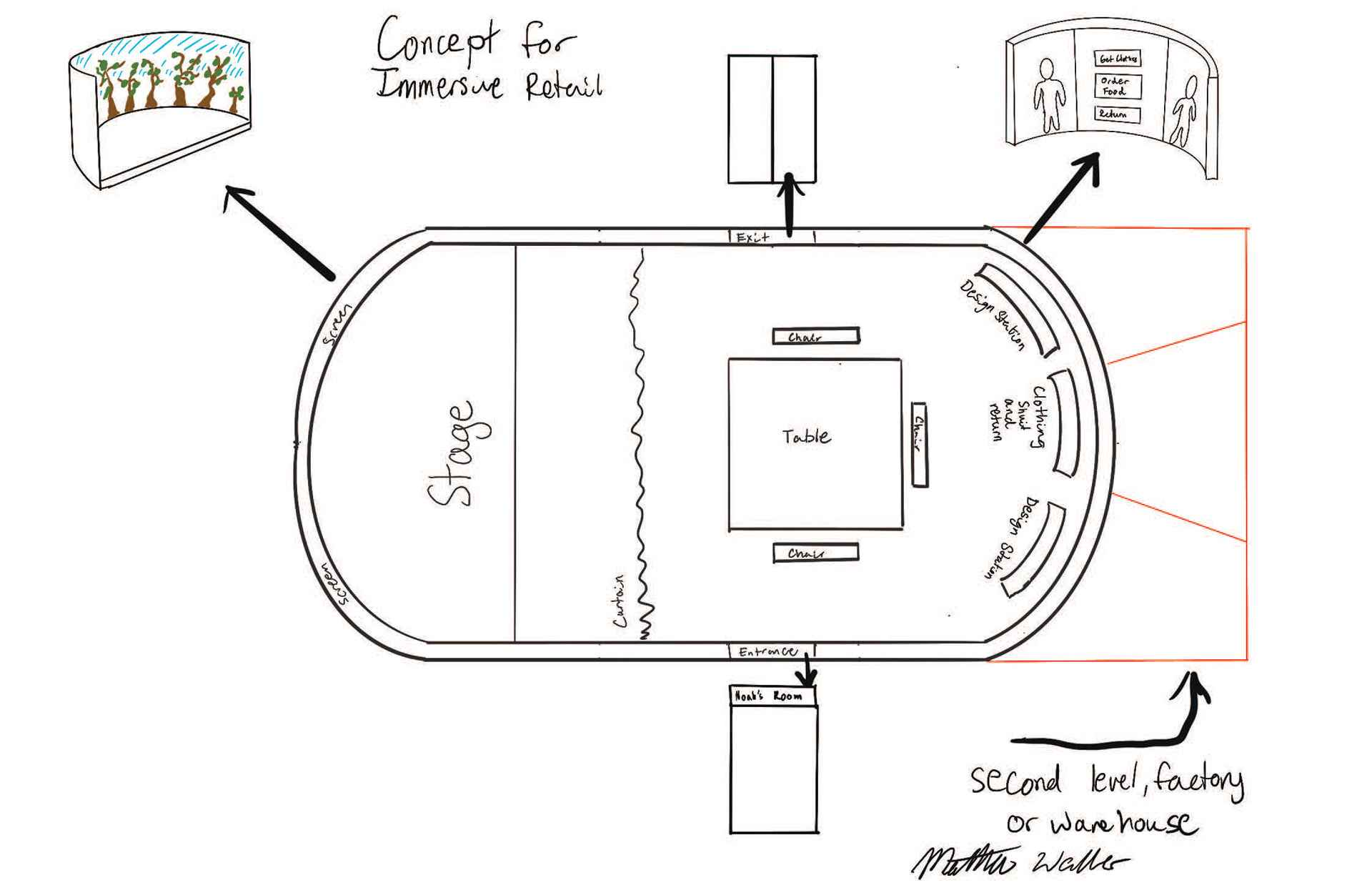
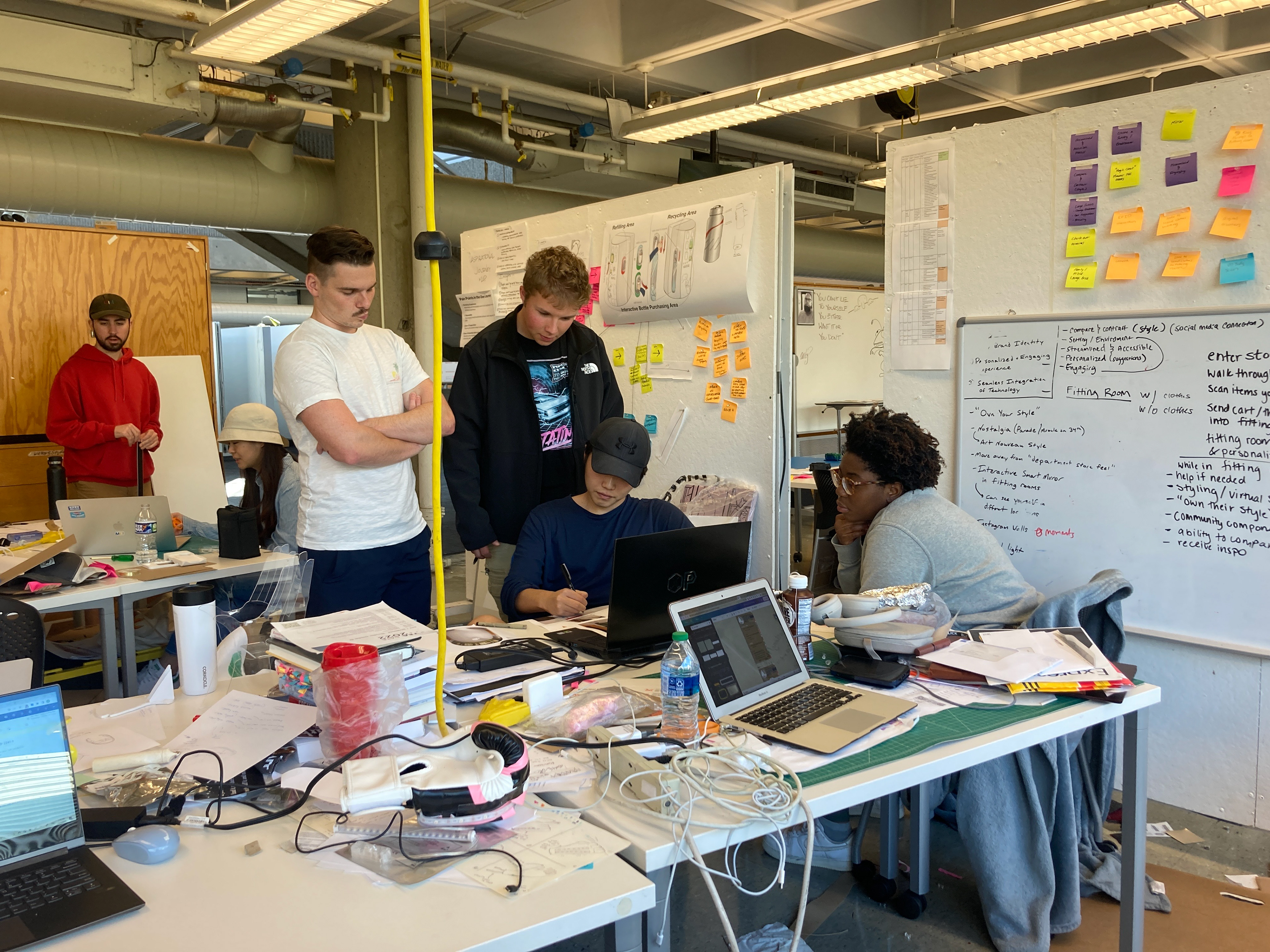
Testing
Over the course of two weeks, we had 20 people come in and test the space. We used a projector to create the environment and watched how people moved our "styles" (paper) into the space. We learned that they did not know where to put their clothes, what some of the "buttons" did, and how to operate the door. I was responsible for setting up the display, documenting the testing, and the survey design.
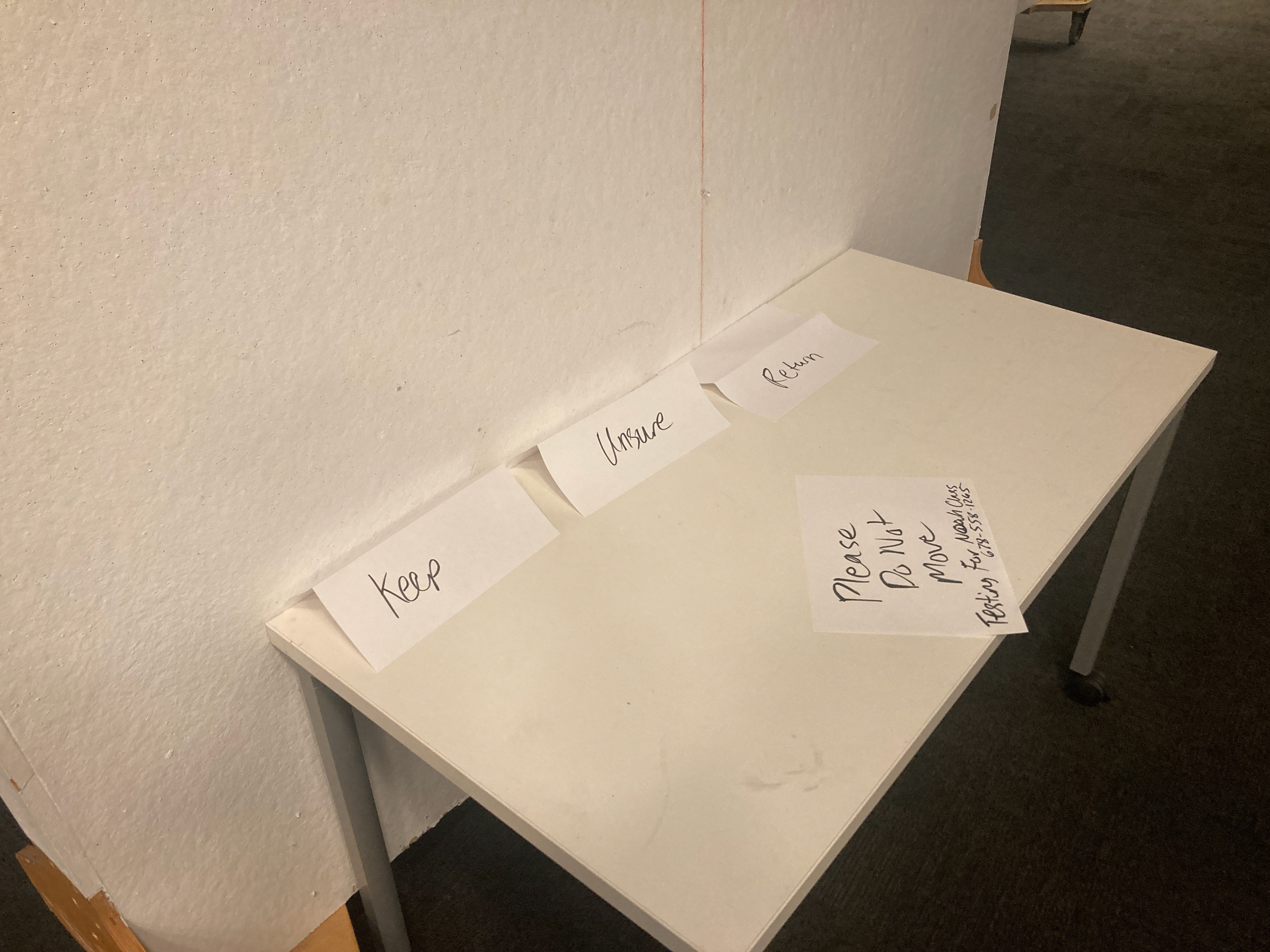
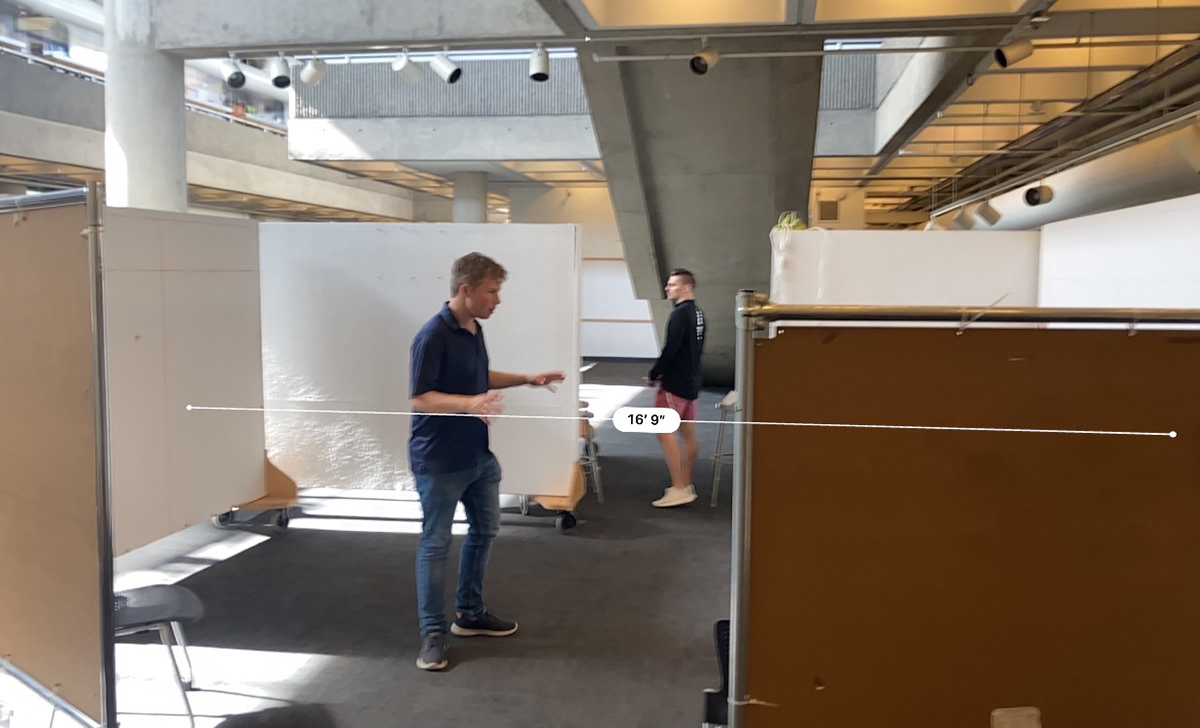
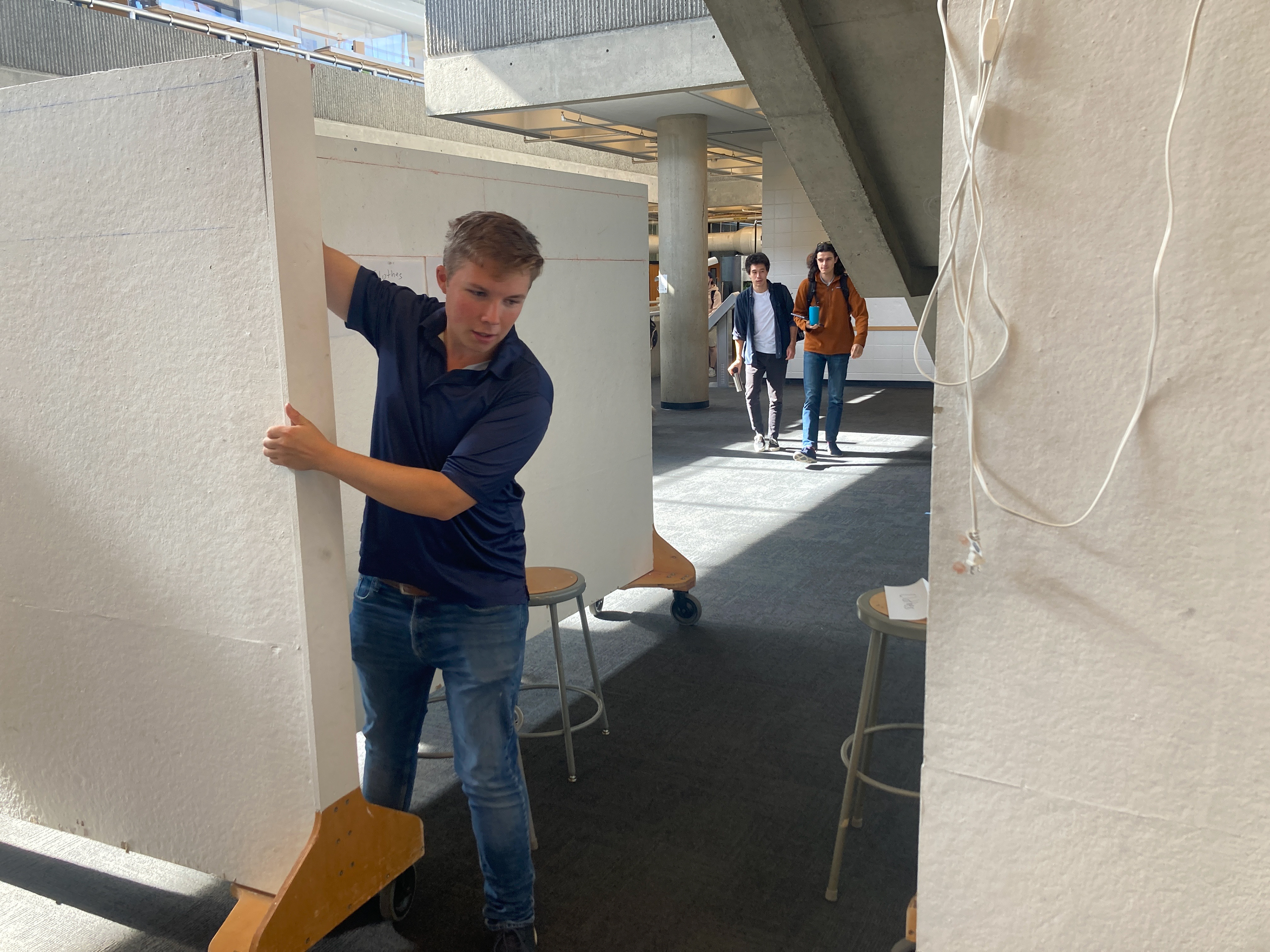
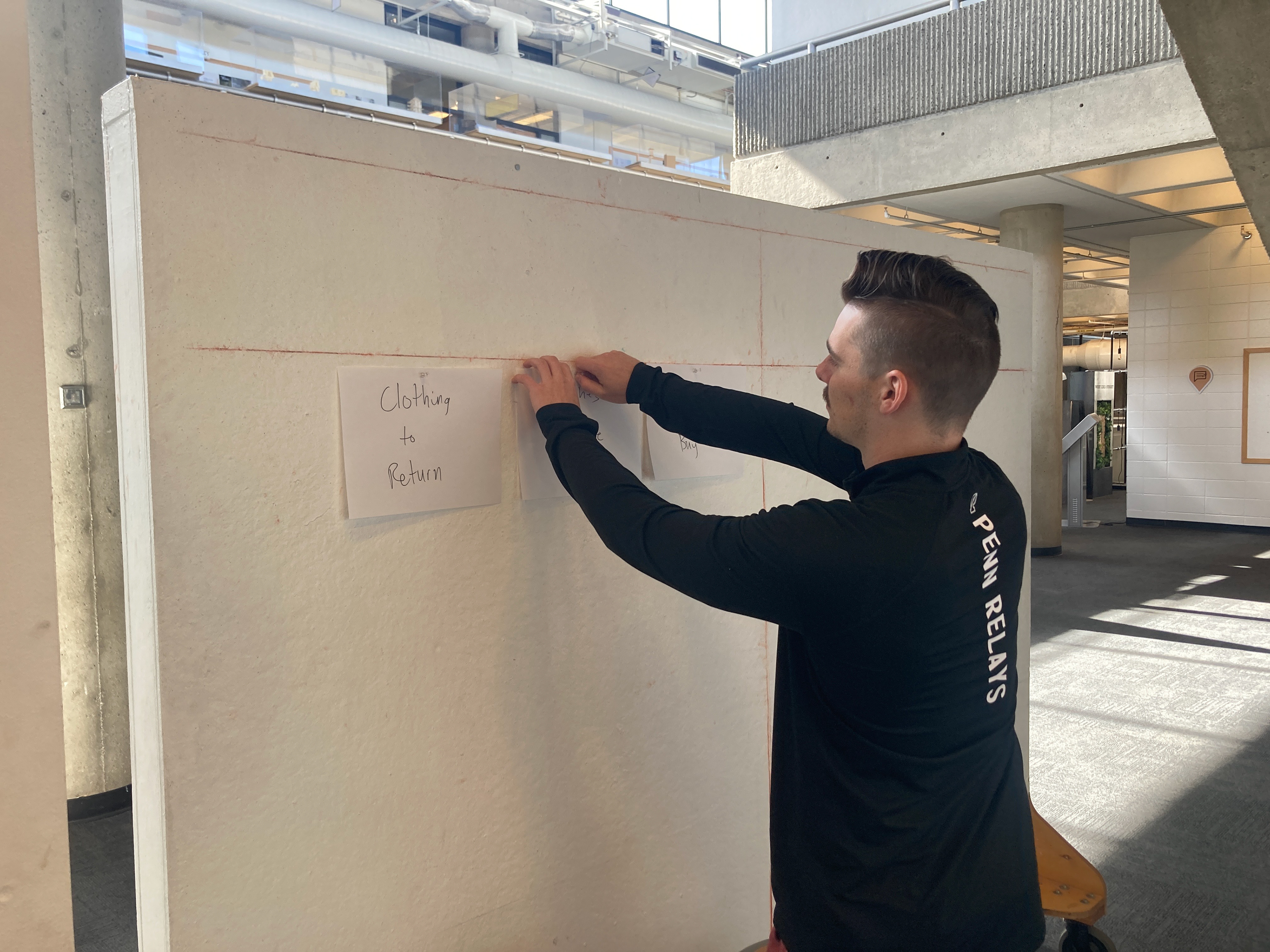
3D Modeling: Store Layout
One of our group members, Evan, created a model of the whole space in Rhino. This was the first rendering of what the inside space could look like. 80% of the store space became the fitting room experience.
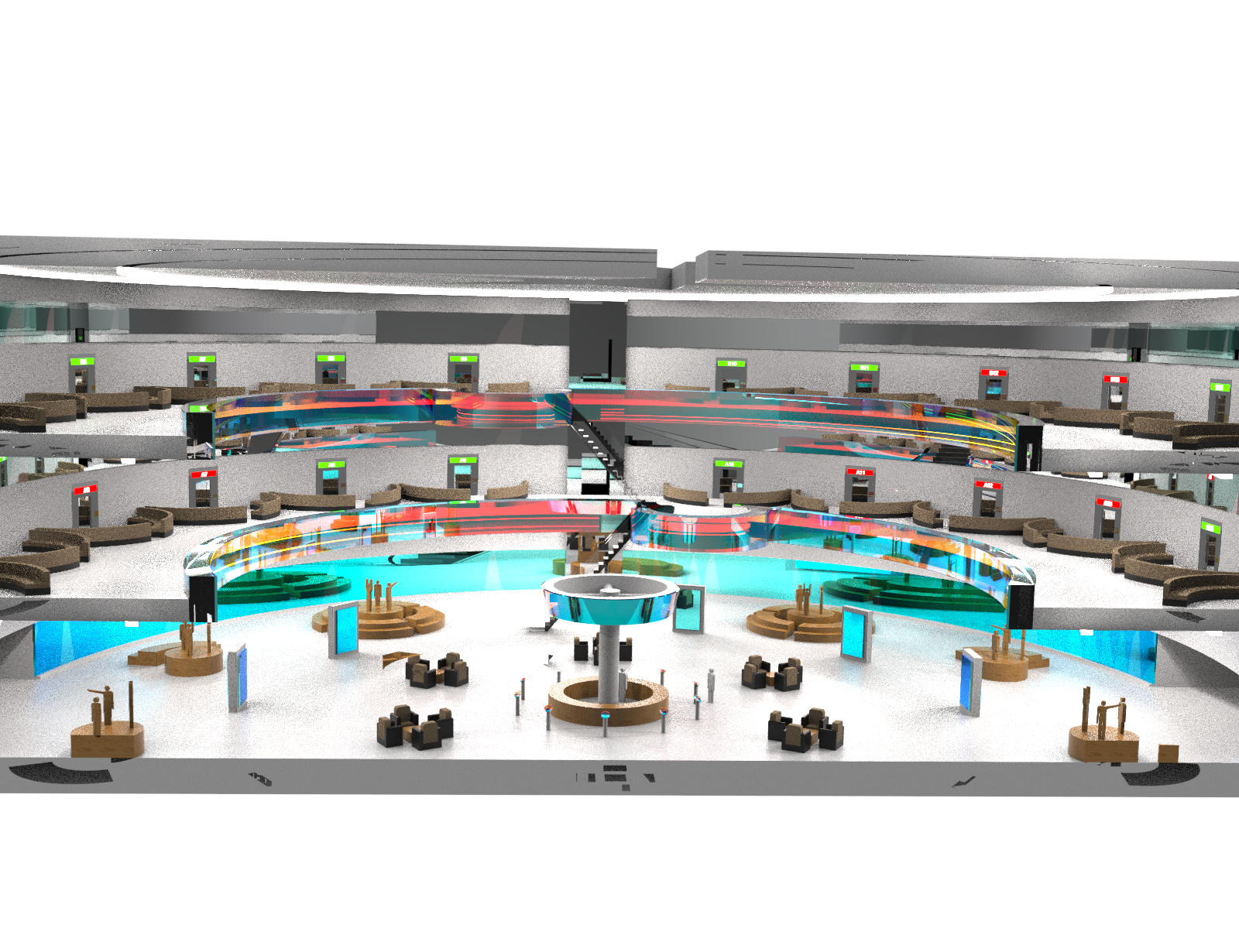
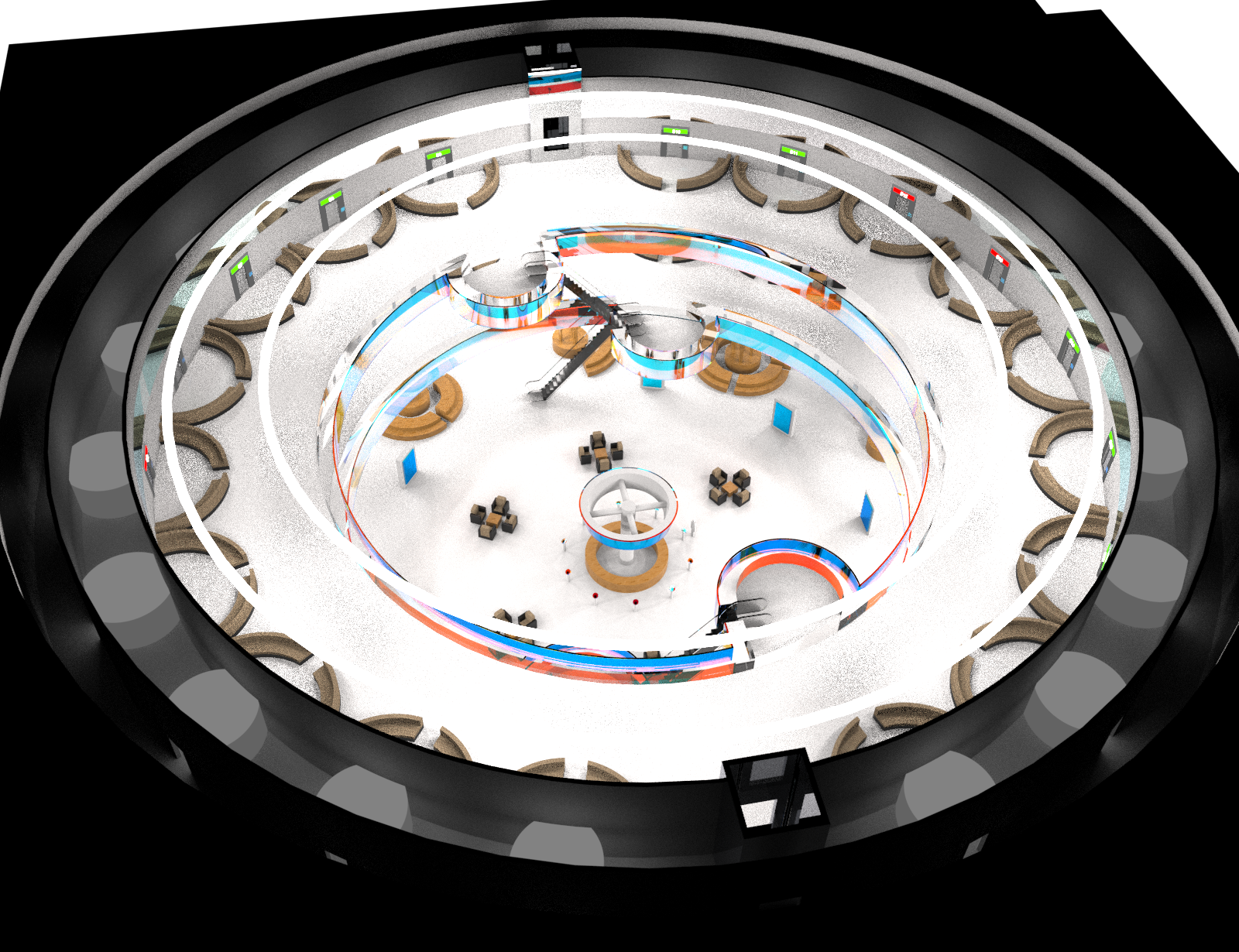
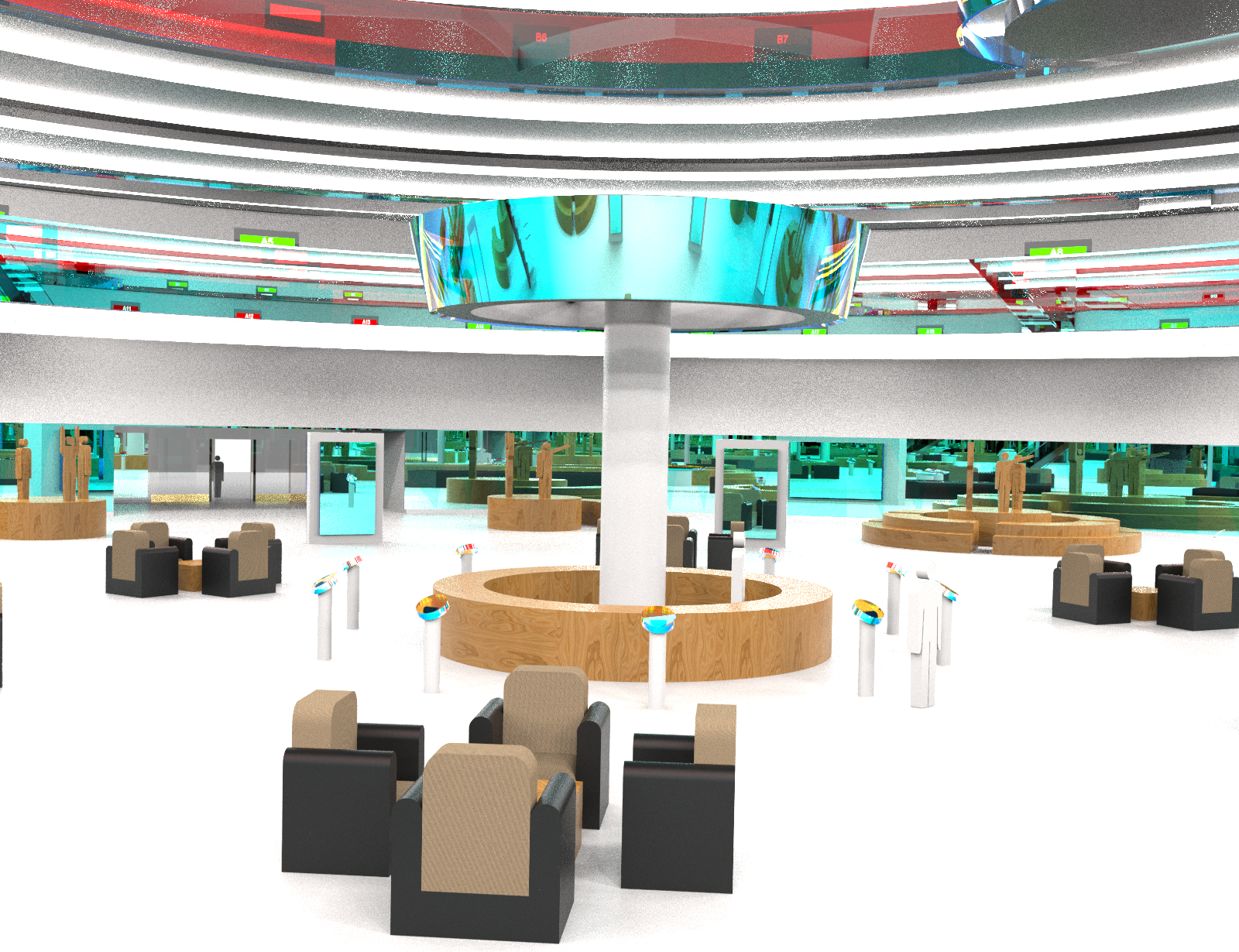
3D Modeling: Fitting Room
The fitting room was also modeled in Rhino. I was responsible for editing the design based on testing feedback. This feedback included bringing the seating area outside the room into the room, changing the size of the environmental screen, and adding tables.
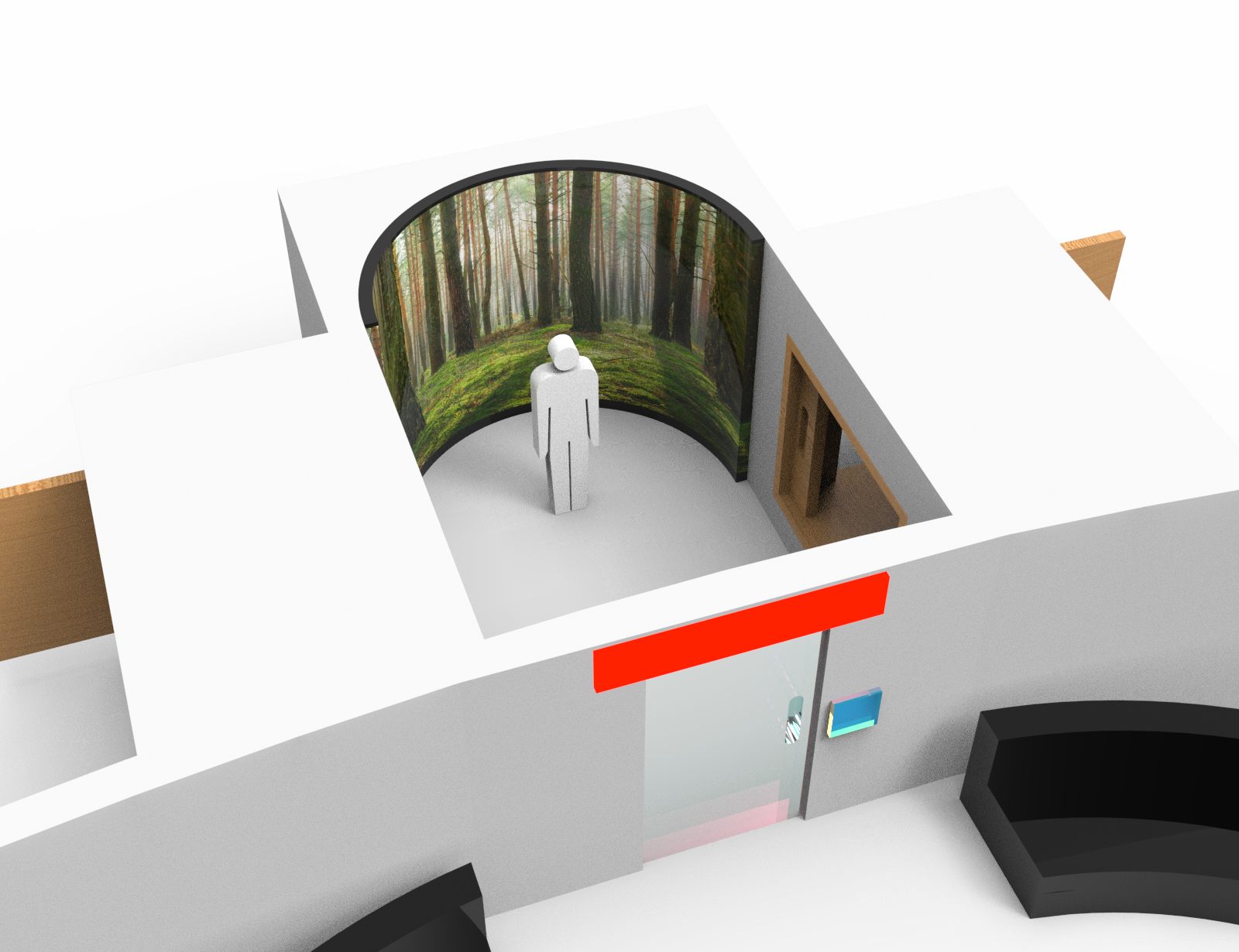
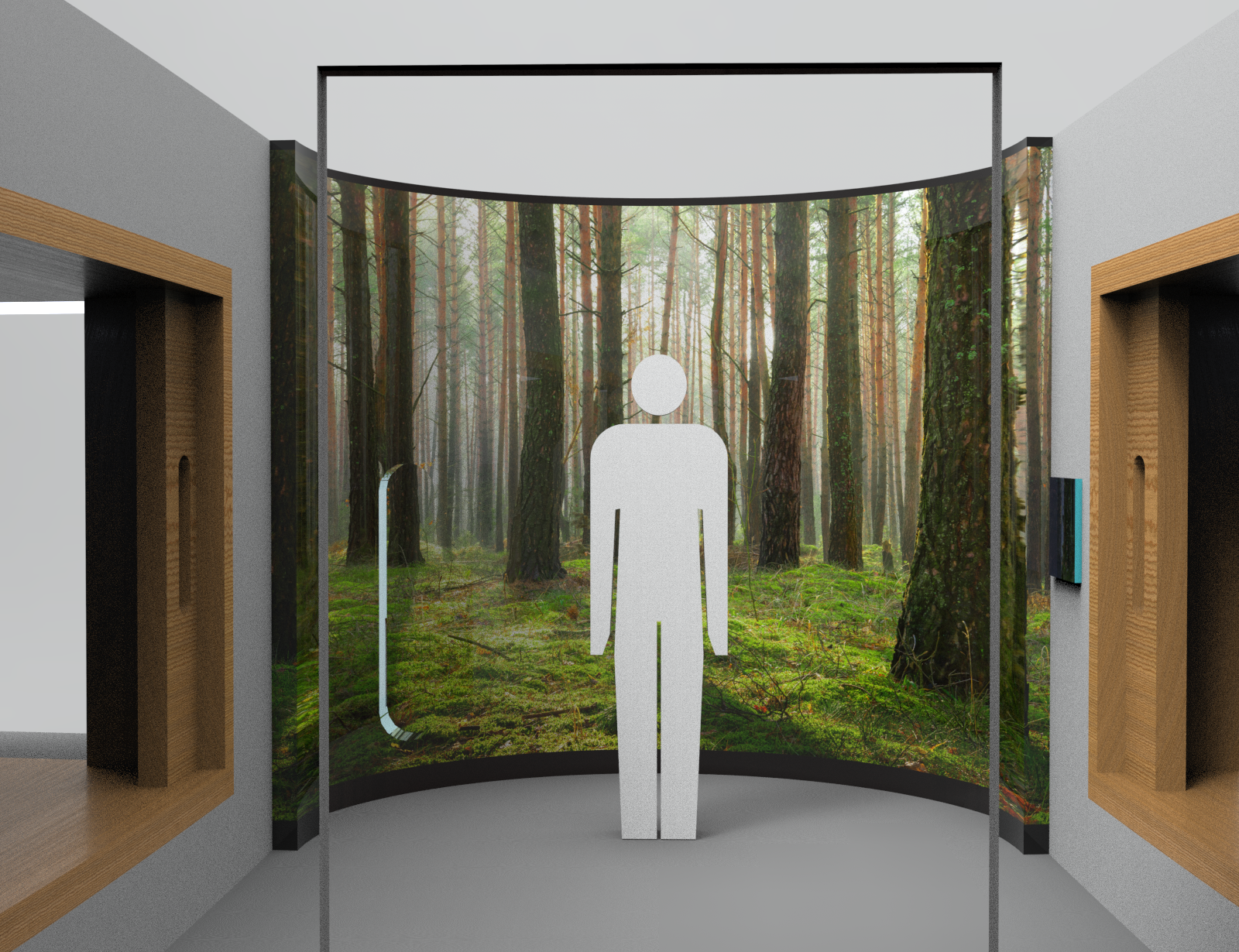
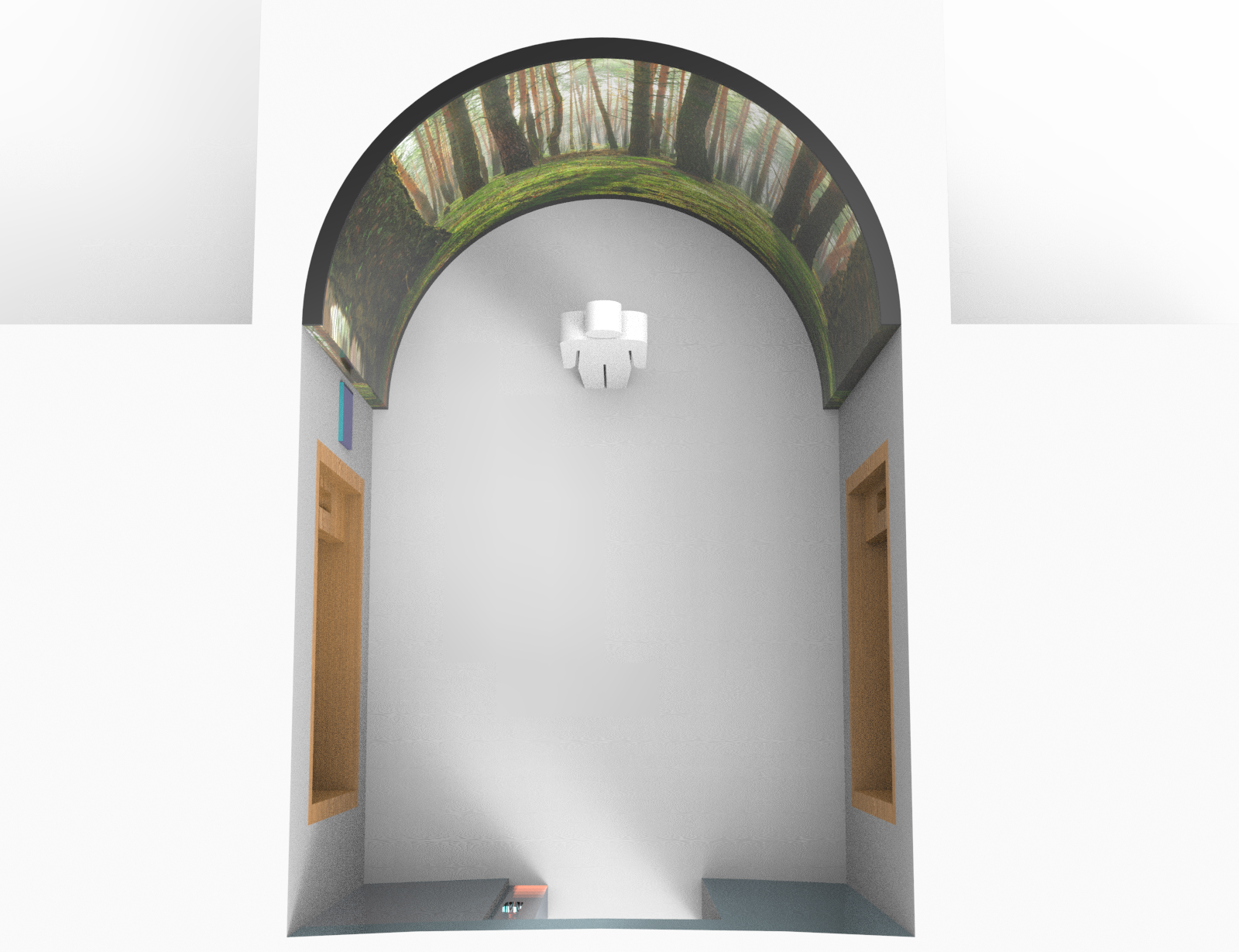
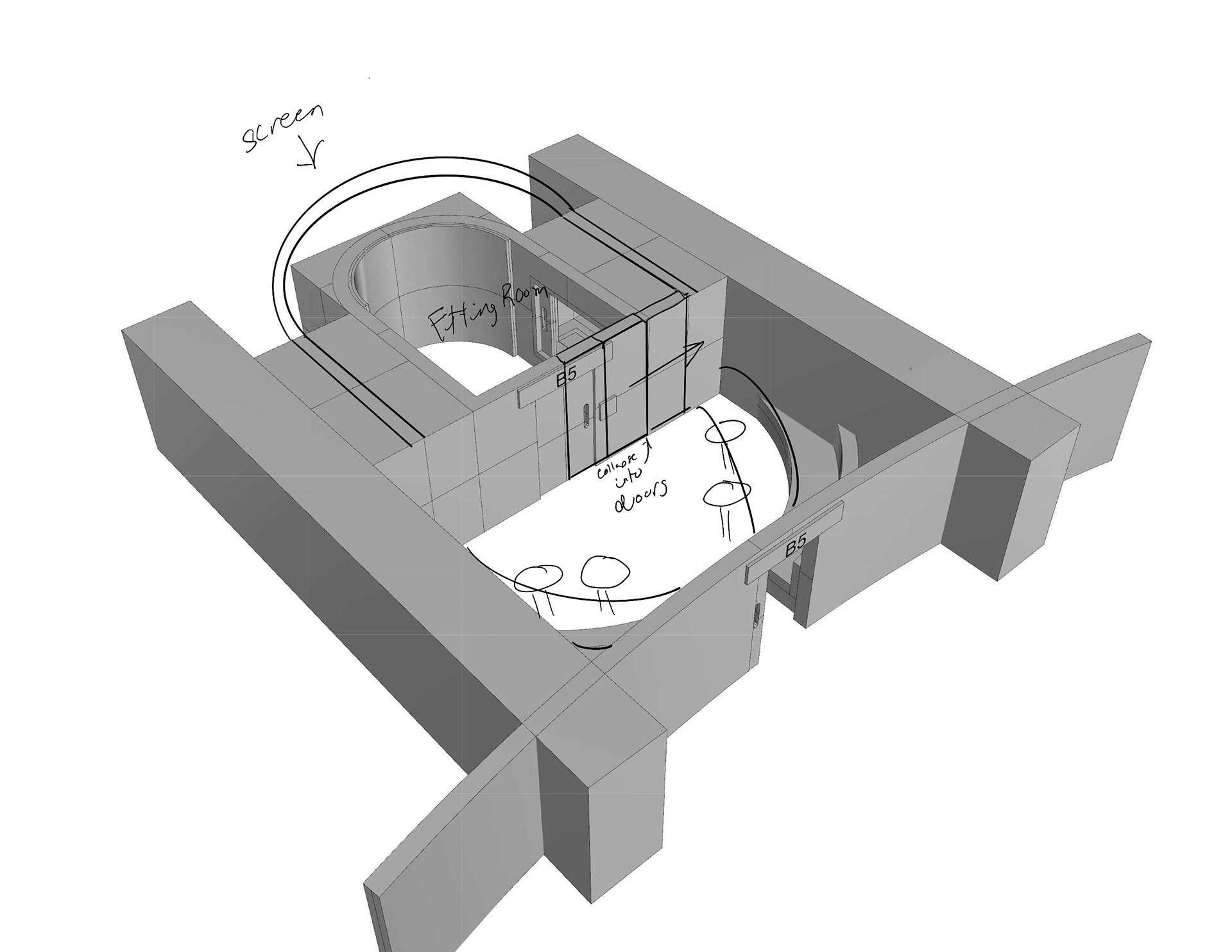
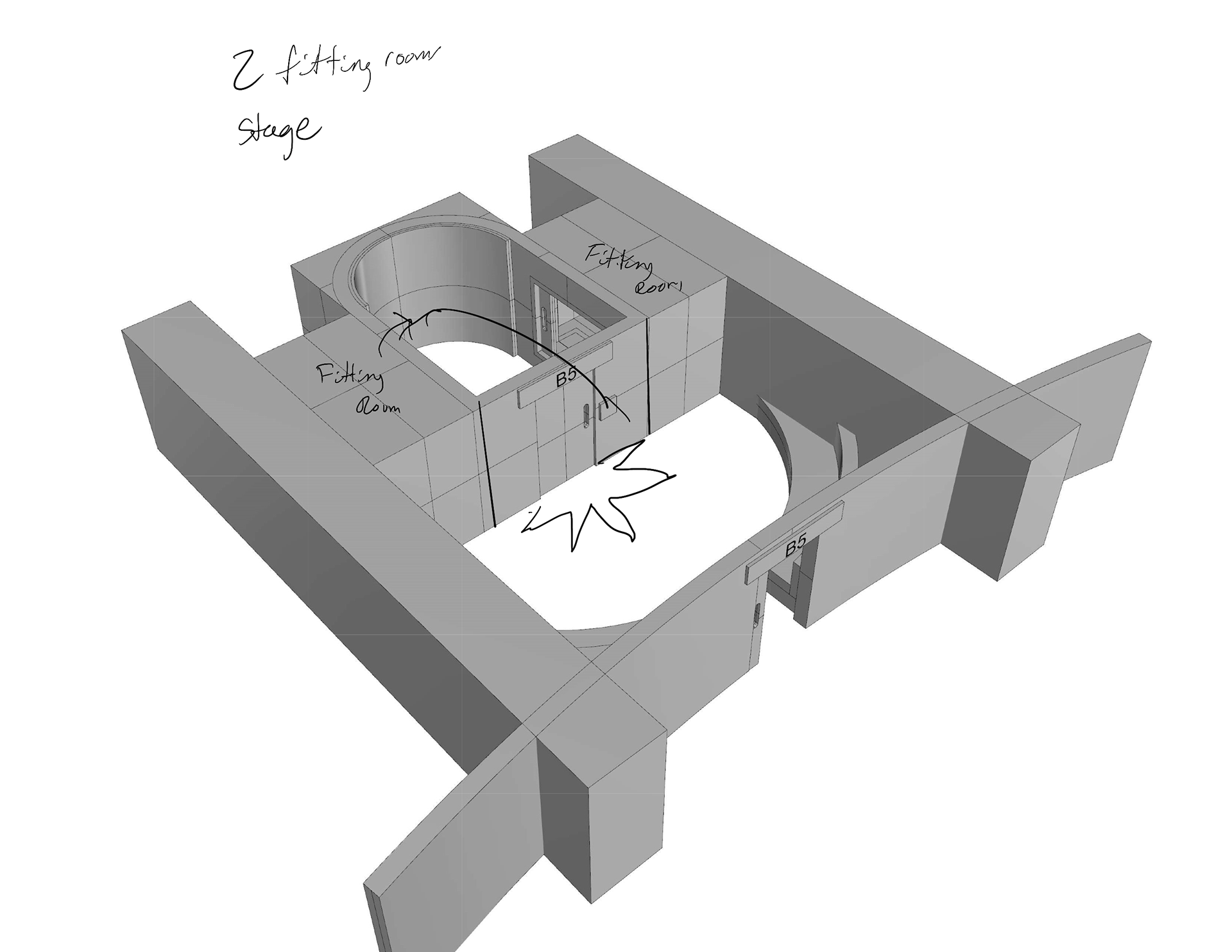
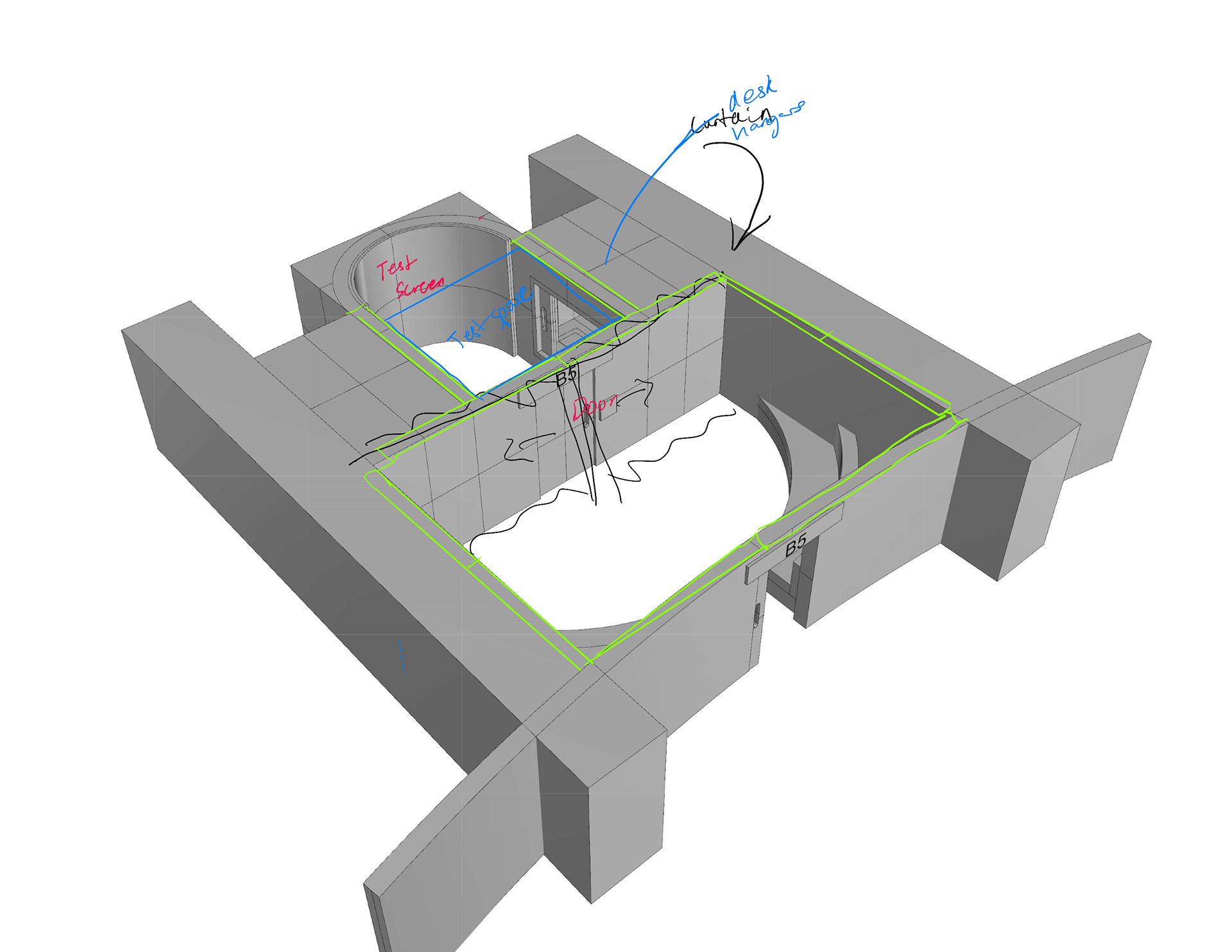
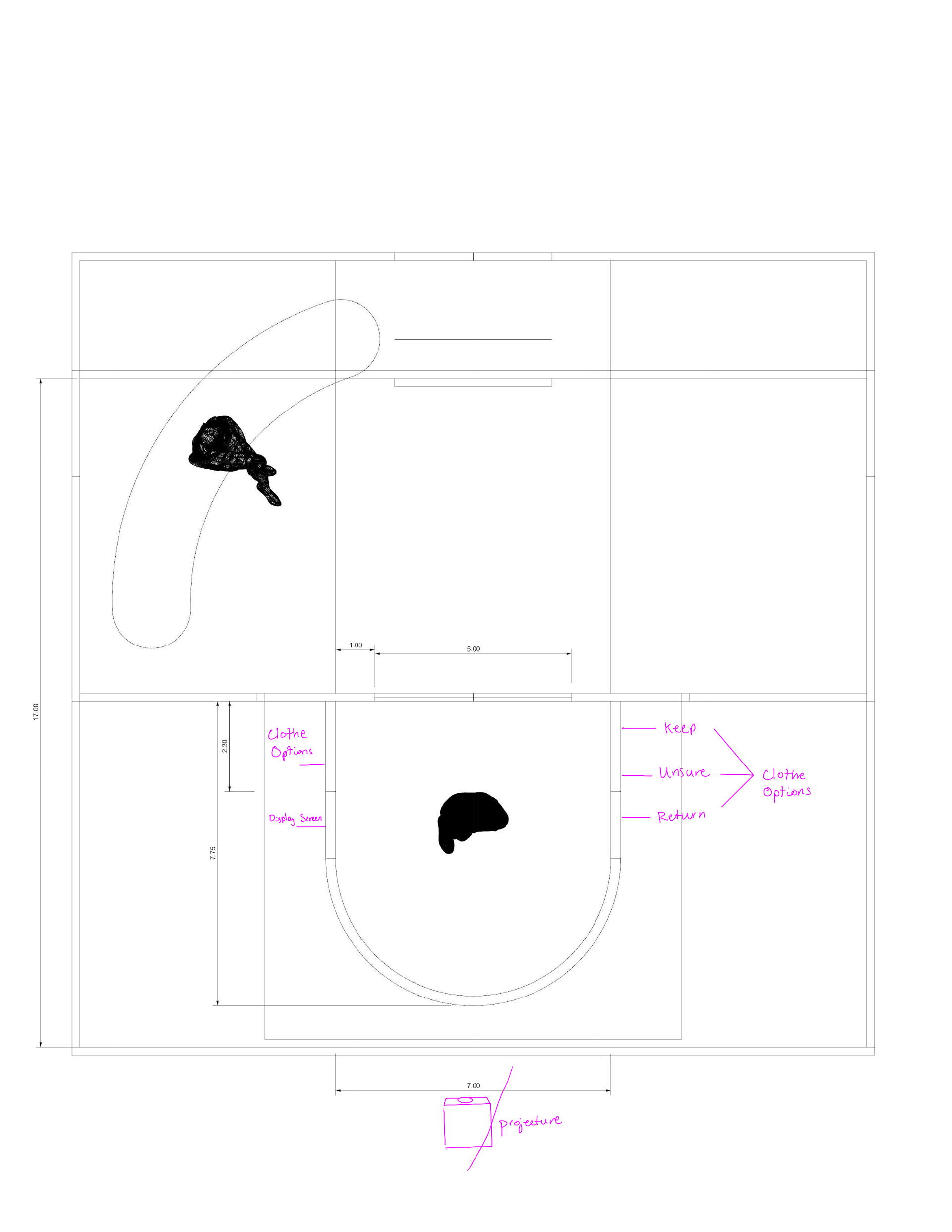
After Evan made edits to the 3D model and set up some of the models in Keyshot, I edited the materials, lighting, virtual camera, and added some of the models to create these renders. I also added people from Maximo as well.
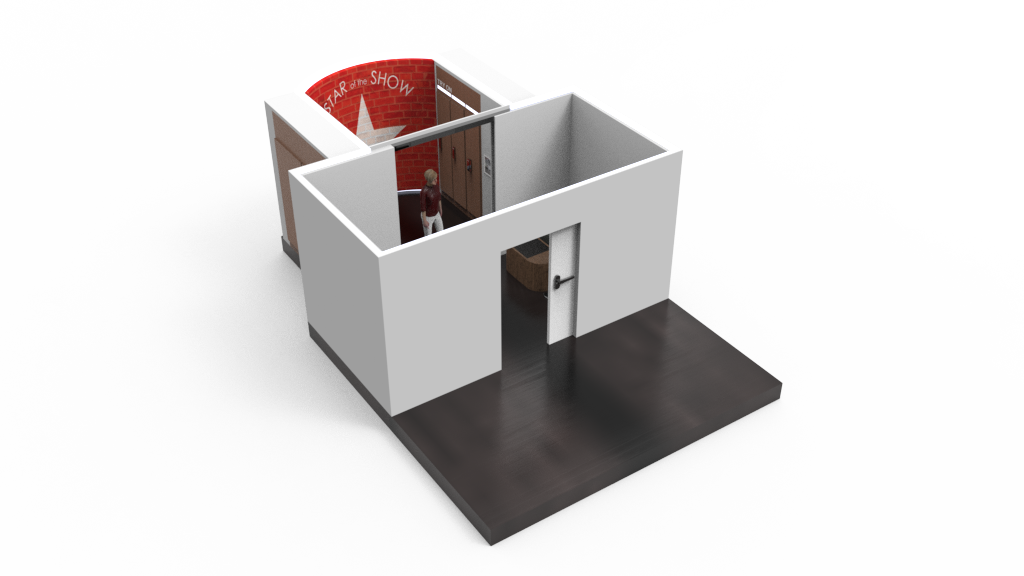
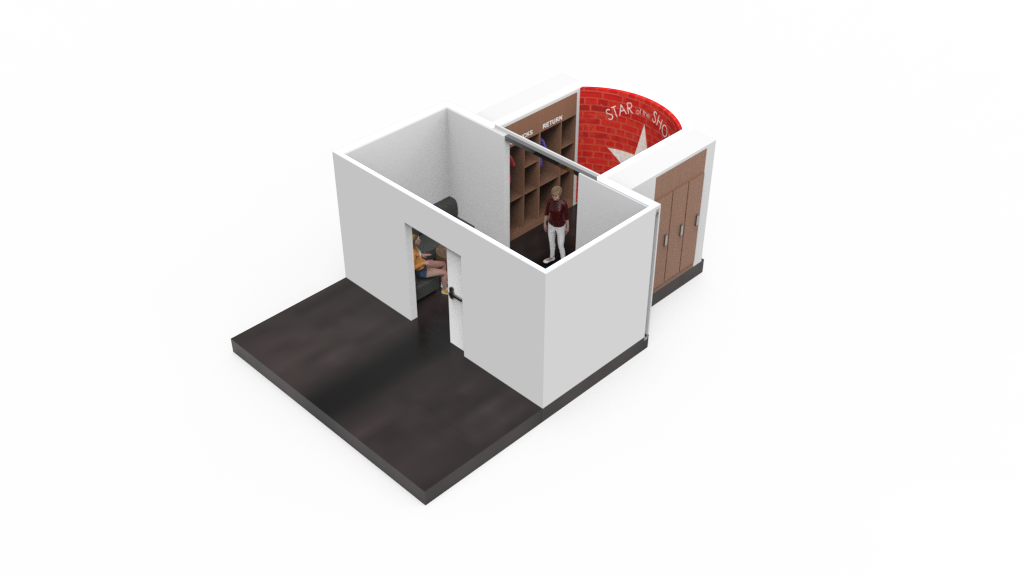
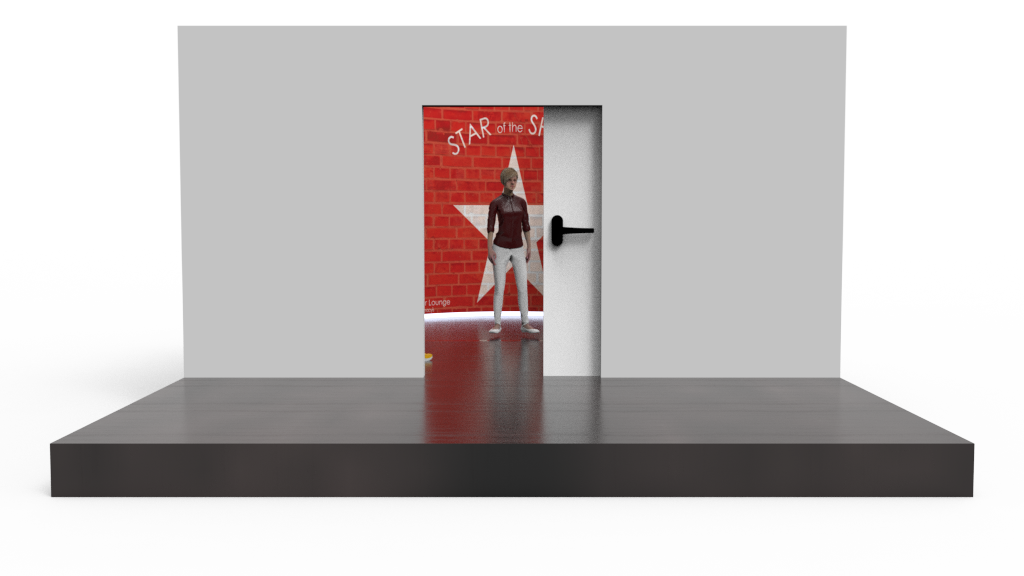
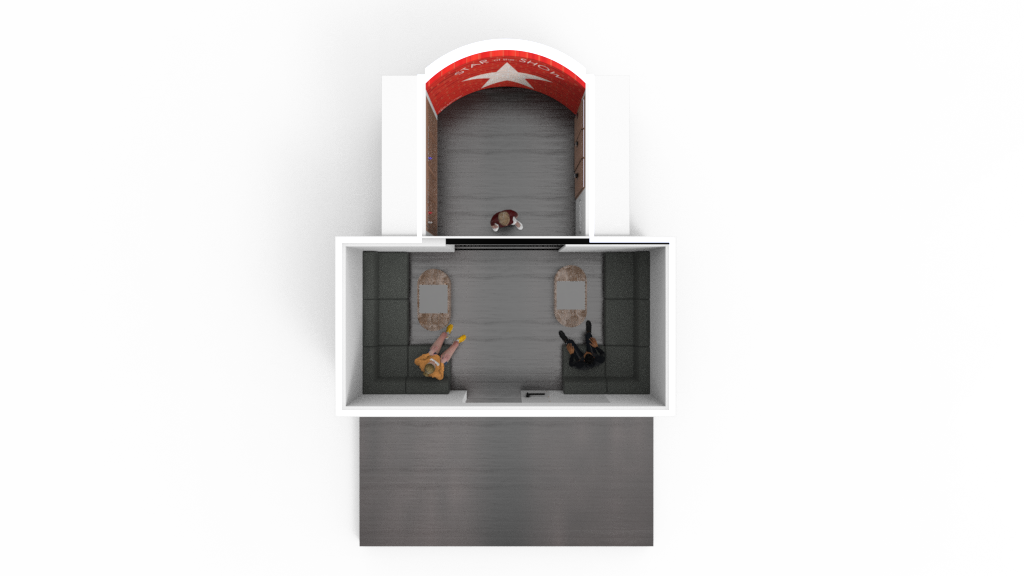
Animated Video
I began the animated video by writing multiple script outlines. I then applied and downloaded different character animations from Maximo, placed these characters in the scene, edited the camera angle and path, and changed the lighting when needed. I then animated this entire video in Keyshot. It took over 72 hours to render and complete. I then edited the clips together in iMovie.
Final Presentation
After our class presentation, we made a few edits to the presentations to change our target audience. For our final presentation, my team pitched our concept to executive leaders from Cognizant and their representatives at Macy's.
